The Ultimate Guide to Quartz Tile Flooring: Durability, Style, and Installation

When you're thinking about updating your home, the floors are a big part of the picture. You want something that looks good, lasts a long time, and doesn't become a pain to keep clean. Quartz tile floor has really become a popular choice for a lot of people, and for good reason. It's got this mix of toughness and style that's hard to beat. This guide is all about breaking down what makes quartz tile flooring a smart pick for your place, from how it holds up over time to how you can actually install it yourself.
Key Takeaways
- Quartz tile floor offers a great balance of durability and aesthetic appeal, making it a top choice for modern homes.
- Its non-porous nature means quartz tile floor resists stains and is easy to clean, perfect for busy households.
- Quartz tile floor is highly resistant to scratches, heat, and impacts, ensuring a long-lasting surface.
- The material provides consistent color and patterns, allowing for predictable and stylish design outcomes.
- Installation involves careful preparation, precise setting of tiles, and proper grouting and sealing for optimal results.
- Proper maintenance, including regular cleaning and occasional sealing, will keep your quartz tile floor looking its best.
- Quartz tile floor is a versatile material suitable for kitchens, bathrooms, living areas, and even commercial spaces.
- Choosing Surfaces Galore for your quartz tile floor project ensures access to premium products and expert support.
Understanding the appeal of quartz tile floor
Quartz tile flooring is a fantastic choice for modern homes, and for good reason. It’s a material that really brings together looks and toughness, making it a go-to for homeowners who want something that lasts and looks great. Let's break down why quartz is such a popular pick.
The enduring charm of quartz in modern design
Quartz has this way of fitting into almost any style. Whether your home is super modern, classic, or somewhere in between, quartz tiles just seem to work. They have a clean look that designers love. Think about how quartz countertops are everywhere – the same appeal translates to the floor. It’s a material that feels both current and timeless. It’s not just a trend; it’s a solid design choice that holds up over time. If you're looking to buy marble tiles online in the USA, you might find similar timeless appeal, but quartz offers a different kind of modern sophistication.
Why quartz tile floor is a superior choice
So, what makes quartz stand out? For starters, it’s incredibly tough. We’re talking about a surface that can handle a lot of foot traffic, spills, and daily wear and tear without breaking a sweat. Unlike some other materials that might scratch or stain easily, quartz is built to last. It’s engineered to be dense and non-porous, which is a big deal for busy households. This means less worry about everyday accidents and more time enjoying your home. It’s a practical choice that doesn’t skimp on style.
Exploring the aesthetic versatility of quartz
One of the best things about quartz tiles is how many different looks you can achieve. They come in a huge range of colors, patterns, and finishes. You can get them to mimic the look of natural stone like marble or granite, or go for something completely unique with bold colors or abstract designs. This means you’re not limited by your design choices. You can find quartz tiles that perfectly match your vision, whether you want a sleek, minimalist look or something more dramatic. It’s like having a blank canvas for your floors.
The inherent durability of quartz surfaces
Durability is where quartz really shines. It’s an engineered stone, meaning it’s made by combining natural quartz crystals with resins and polymers. This process creates a material that is exceptionally hard and dense. It’s highly resistant to scratches, chips, and stains. This makes it ideal for kitchens, bathrooms, and entryways – places where spills and heavy use are common. You can be confident that your quartz floor will look good for years to come, even with daily life happening on it.
Quartz tile floor: an investment in your home
Installing quartz tile flooring isn't just about making your home look good right now; it's a smart investment. Because of its durability and timeless appeal, quartz flooring can actually increase the value of your home. Buyers often see high-quality, long-lasting materials like quartz as a major plus. It’s a choice that pays off in the long run, both in terms of aesthetics and financial return. Think of it as adding a premium feature that enhances your property's appeal and marketability.
Comparing quartz to other popular flooring options
When you compare quartz to other flooring materials, its advantages become even clearer. For instance, compared to natural stone like marble, quartz is much less porous and therefore more stain-resistant. While marble is beautiful, it requires more careful maintenance. Laminate or vinyl might be cheaper upfront, but they often don't offer the same level of durability or the premium feel of quartz. Hardwood floors are lovely but can be prone to scratches and water damage. Quartz offers a great balance of beauty, toughness, and ease of care that’s hard to beat.
The sophisticated look of a quartz tile floor
Ultimately, a quartz tile floor just looks sophisticated. It has a refined appearance that can instantly upgrade any room. The consistent quality and the wide array of design options mean you can achieve a high-end look without the potential pitfalls of some natural materials. Whether you choose a subtle, neutral tone or a more striking pattern, a quartz floor adds a touch of class and elegance that makes a lasting impression. It’s a choice that speaks to quality and good taste.
Key advantages of a quartz tile floor
Exceptional resistance to scratches and stains
Quartz tile flooring is built tough. Forget about those annoying scratches from pet claws or furniture moving. Quartz is incredibly hard, so it stands up to daily wear and tear like a champ. Spills? No problem. Whether it's red wine, coffee, or cooking oil, quartz resists stains like nothing else. This means less worry for you and more time enjoying your home. Think about a busy kitchen or a kid-filled playroom – quartz handles it all with grace. It’s a smart choice for anyone who wants a floor that looks good without constant fuss. If you're looking to buy marble tiles online in the USA, remember that while beautiful, marble requires more careful maintenance compared to quartz's inherent stain resistance.
Maintaining a pristine quartz tile floor
Keeping your quartz floor looking its best is surprisingly simple. Because it's non-porous, dirt and grime don't get a chance to soak in. A quick sweep or mop with a mild cleaner is usually all it takes. No need for harsh chemicals or special sealers like you might need for natural stone. This low-maintenance aspect is a huge plus for busy households. You get the sophisticated look without the demanding upkeep. It’s about making your life easier while still having a stunning floor.
The non-porous nature of quartz
This is where quartz really shines. Unlike natural stones such as marble or granite, engineered quartz is manufactured to be completely non-porous. What does this mean for you? It means it won't absorb liquids, which is a major win against stains and bacteria. This makes quartz an exceptionally hygienic choice, especially for kitchens and bathrooms. You don't have to worry about spills seeping into the material and causing permanent damage or harboring germs. It’s a clean, safe, and beautiful surface for your home.
Heat and impact resilience of quartz
Life happens, and sometimes that means dropping a pot or a hot pan. Quartz tile flooring is designed to handle these everyday impacts. While no material is completely indestructible, quartz offers excellent resistance to both heat and impact. It’s far more forgiving than many other flooring options. This resilience means your floor is less likely to chip, crack, or scorch under normal household conditions. It’s a practical choice for active homes where durability is a must.
Consistent patterns and vibrant color options
One of the great things about quartz is its consistency. Because it's engineered, you get predictable patterns and vibrant colors every time. This means you can be confident that the tiles you choose will look exactly as you expect them to. Whether you want a uniform look or a specific color to match your decor, quartz delivers. You won't find the natural variations that can sometimes be a challenge with natural stone, offering a clean, modern aesthetic that's easy to design with. For instance, if you're comparing this to buying marble tiles online, you'll notice marble has unique veining in each piece, which is part of its charm but less predictable.
Low maintenance for busy households
Let's be honest, who has time for constant floor maintenance? Quartz tile flooring is a dream for busy families, pet owners, and anyone who prefers spending time living rather than cleaning. Its resistance to stains, scratches, and moisture means minimal effort is required to keep it looking fantastic. A simple daily clean is often sufficient. This practical advantage makes quartz a top contender for homeowners seeking both beauty and convenience. It’s a floor that works as hard as you do.
The modern elegance of quartz
Quartz tile flooring brings a sophisticated, contemporary feel to any space. Its sleek surface and wide range of design options, from subtle neutrals to bold patterns, allow it to fit seamlessly into various interior styles. It offers a high-end look that can truly transform a room, making it feel more polished and luxurious. If you're aiming for a modern, elegant home, quartz flooring is an excellent way to achieve that sophisticated finish. It’s a material that speaks of quality and refined taste.
Choosing the right quartz tile for your space
Picking the perfect quartz tile is where your design vision really starts to take shape. It’s not just about picking a color; it’s about finding a material that fits your lifestyle, your aesthetic, and the room itself. Let's break down how to make that choice.
Understanding different quartz finishes
Finishes change how your quartz tile looks and feels. You've got a few main options:
- Polished: This gives you that super shiny, reflective surface. It looks really high-end and makes spaces feel brighter. Think of it like a mirror for your floor. It's great for a modern, sleek look, but it can show smudges more easily.
- Honed: This finish is more matte, less reflective. It has a softer, more natural look. It's a good choice if you want something elegant but not too flashy. Honed finishes tend to hide minor imperfections and smudges better than polished ones.
- Textured: Some quartz tiles have a texture, like a subtle grain or a slightly rough feel. This adds depth and can be great for preventing slips, especially in bathrooms or kitchens. It gives a more organic, tactile experience.
Selecting the ideal size for your quartz tile floor
Tile size makes a big difference in how a room feels. Big tiles can make a small room feel larger because they have fewer grout lines. Small tiles, like mosaics, are great for adding detail or for curved areas.
- Large Format (24x24 inches and up): These create a very modern, expansive look. They minimize grout lines, giving a clean, continuous surface. Perfect for open-plan living areas or kitchens where you want a seamless flow.
- Standard (12x12 inches): A classic choice that works well in most rooms. It's versatile and easy to work with.
- Small Format/Mosaics: These are fantastic for accent areas, borders, or shower floors. They add intricate detail and visual interest.
Exploring color palettes for quartz tiles
Color is key to setting the mood. Quartz comes in a huge range of colors, from crisp whites and soft grays to deep blacks and even bold blues or greens.
- Neutrals (Whites, Grays, Beiges): These are always a safe bet. They're timeless, easy to match with other decor, and make spaces feel clean and airy. Think about a bright white quartz for a modern kitchen or a soft gray for a calming bathroom.
- Earth Tones (Browns, Tans): These bring warmth and a natural feel to a room. They work well in living areas or entryways, creating a cozy atmosphere.
- Bold Colors: If you want your floor to be a statement piece, consider quartz in a unique color. This is best for spaces where you want a lot of personality, like a fun powder room or a commercial space.
Matching quartz tile to your interior design
Your tile should complement your existing style. Is your home modern, traditional, rustic, or something else?
- Modern/Minimalist: Opt for clean lines, large format tiles, and neutral colors like white, gray, or black. Polished or honed finishes work well here.
- Traditional: Consider classic patterns, perhaps a checkerboard layout with contrasting colors, or tiles with subtle veining that mimic natural stone. Standard sizes or mosaics can fit this style.
- Rustic/Farmhouse: Textured finishes, earthy tones, and perhaps slightly larger grout lines can enhance this look. Think about tiles that have a bit more character.
Considering the application: floors, walls, and backsplashes
Quartz isn't just for floors! It's super versatile.
- Floors: Obviously, quartz is a top choice for durability. It handles foot traffic, spills, and daily wear like a champ.
- Walls: Think shower surrounds, accent walls, or even full bathroom walls. Quartz is water-resistant and easy to clean.
- Backsplashes: A quartz backsplash in the kitchen or bathroom adds a touch of luxury and is incredibly practical for protecting walls from splashes and stains.
The role of texture in quartz tile selection
Texture adds another layer of interest. A smooth, polished surface feels different from a matte, honed one, or a tile with a visible grain. Textured tiles can also offer better grip, which is a plus in wet areas. Don't underestimate how texture can impact the overall feel of a room.
Finding unique patterns in quartz collections
Beyond solid colors, quartz tiles can mimic natural stone with realistic veining, or they can feature intricate patterns.
- Marble-look Quartz: This is hugely popular. You get the stunning look of marble, like Carrara or Calacatta, but with the superior durability and low maintenance of quartz. It's a win-win for kitchens and bathrooms. For example, imagine a kitchen with a stunning Calacatta Gold quartz tile floor – it offers that luxurious veining without the high upkeep of real marble.
- Concrete-look Quartz: For an industrial or modern vibe, concrete-look quartz tiles provide that raw, urban aesthetic with the benefits of quartz.
- Geometric Patterns: Some collections offer tiles with pre-designed patterns, adding a unique artistic touch.
Case Study: The Modern Farmhouse Kitchen
Sarah and Tom were renovating their kitchen, aiming for a modern farmhouse feel. They wanted something durable for their busy family but also stylish. They chose large format, honed finish quartz tiles in a soft, warm gray. The size of the tiles made the kitchen feel more open, and the honed finish gave it that slightly rustic, understated elegance they loved. It was easy to clean, even with kids constantly in and out, and it perfectly tied together their white cabinets and wooden accents. They found exactly what they needed at Surfaces Galore, and the team helped them calculate the right amount of tile for their space.
Choosing the right quartz tile is about balancing aesthetics with practicality. Consider the finish, size, color, and how it fits your overall design. Don't be afraid to explore different options – the perfect tile is out there waiting to transform your space.
Preparing for your quartz tile floor installation
Getting ready for your new quartz tile floor is a big step, but with the right preparation, it’s totally manageable. Think of it like getting all your ingredients ready before you start cooking a gourmet meal. You wouldn't just throw everything into a pan, right? Same goes for your floor. A little planning now saves a lot of headaches later. We want your quartz tile floor to look amazing and last for years, and that starts with getting the foundation right.
Measuring your space accurately
First things first: measure your room. You need to know exactly how much tile to buy. It sounds simple, but it’s easy to mess up. Measure the length and width of your room and multiply them together to get the square footage. Always add about 10-15% extra for cuts, mistakes, or future repairs. It’s better to have a little extra than to run out mid-project and find out your favorite tile is no longer available. We’ve seen it happen! If you’re looking to buy marble tiles online in the USA, getting your measurements spot-on is the first step to a successful project.
Ensuring a clean and level subfloor
This is super important. Your quartz tiles need a solid, flat base. If your subfloor is uneven, dusty, or damaged, your tiles won’t lay right, and they could even crack later on. You might need to clean it thoroughly, repair any holes, or even use a self-leveling compound. A stable subfloor is key for a durable and beautiful quartz tile floor. Don't skip this step – it's the bedrock of your new floor.
Acclimating your quartz tiles to the environment
Just like you wouldn't wear a winter coat on a summer day, your tiles need to get used to the room they'll be in. Before you start laying them, let your quartz tiles sit in the room for at least 48 hours. This lets them adjust to the temperature and humidity. This simple step helps prevent issues like tiles expanding or contracting after installation, which can lead to gaps or cracks.
Gathering essential installation tools and materials
Having everything you need on hand makes the process so much smoother. You'll need:
- Quartz tiles: Of course!
- Tile adhesive (thin-set mortar): Make sure it's suitable for quartz.
- Notched trowel: For spreading the adhesive evenly.
- Tile spacers: To keep your grout lines consistent.
- Grout: Choose a color that complements your tiles.
- Grout float: For applying the grout.
- Level: To ensure your tiles are perfectly flat.
- Tile cutter or wet saw: For making precise cuts.
- Measuring tape and pencil: For marking.
- Safety gear: Gloves, eye protection, and knee pads are a must.
Planning your tile layout for optimal results
Before you mix any adhesive, do a dry run. Lay out your tiles on the floor without any glue. This lets you see how the pattern will look, figure out where your cuts will be, and make sure the color and veining are distributed nicely. It’s your chance to catch any awkward cuts or color mismatches before they become permanent. A good layout makes a huge difference in the final look.
The importance of a dry lay before adhesive
Seriously, don't skip the dry lay. It’s your chance to visualize the finished product. You can experiment with different patterns, see how the colors play together, and plan where to place any tiles with unique features. This step is especially helpful if you're working with tiles that have a lot of natural variation, like some marble or travertine options you might find when you buy marble tiles online USA. It helps ensure a balanced and pleasing final appearance.
Setting up your workspace for efficiency
Clear the area of furniture and anything else that might get in the way. Protect surrounding areas with drop cloths. Have your tools and materials organized and within easy reach. Think about where you'll mix your mortar and how you'll clean up as you go. A well-organized workspace means less wasted time and fewer mistakes. It’s all about making the installation process as smooth as possible.
The step-by-step quartz tile installation process
Mixing and applying thin-set mortar
Getting the mortar right is the first big step. You want a consistency like peanut butter – not too runny, not too stiff. Mix it according to the manufacturer's directions. Then, grab your notched trowel. Hold it at a 45-degree angle and spread the mortar onto a small section of the subfloor. This creates those perfect ridges that help the tile bond properly. Don't spread too much at once; you don't want it to dry out before you get the tiles down. Think of it as prepping a canvas for a masterpiece.
Setting tiles with precision and care
Now for the satisfying part: placing the tiles. Gently press each quartz tile into the mortar with a slight twist. This ensures full contact and a solid bond. It’s like tucking each tile into its perfect spot. Occasionally, lift a tile you just set to check that the mortar is covering the entire back. This prevents any weak spots later on. We want every single tile to be secure.
Using tile spacers for uniform grout lines
Consistency is key here. Pop in your tile spacers between each tile. These little guys are your best friends for keeping grout lines even. Whether you're going for a tight 1/16-inch gap or a slightly wider one, spacers make sure it looks professional. It’s the small details that make a big difference in the final look. You can find a great selection of spacers and other installation essentials at Surfaces Galore.
Checking for level and alignment
As you lay each tile, grab your level. You want the surface to be as flat as possible, with no high or low spots (that's called lippage). If a tile is a bit high, a gentle tap with a rubber mallet can set it right. If it's too low, you might need to lift it, add a bit more mortar, and reset it. This step is super important for a smooth, safe floor that looks fantastic.
Cutting tiles for edges and intricate areas
Most installations will need some cuts, especially around edges, corners, or fixtures. A wet saw with a diamond blade is your best bet for clean, precise cuts on quartz. Always measure twice and cut once! Remember to wear safety goggles and gloves. Cutting stone can be tricky, so take your time. Rushing can lead to chips or breakage. If you’re not comfortable with this, a professional installer can handle it. We want your project to be a success, and sometimes that means knowing when to call in the pros.
The critical role of the notched trowel
We mentioned the notched trowel earlier, but it deserves its own spotlight. The size of the notches matters! For larger tiles, you'll need a larger notch to spread enough mortar for a full bond. For smaller tiles, smaller notches work fine. Using the right trowel ensures you get those consistent ridges that are vital for adhesion. It’s a simple tool, but using it correctly makes a huge impact on the longevity of your quartz tile floor.
Ensuring a solid bond with each tile
Every tile needs to feel like it's part of the foundation. Pressing firmly and giving that slight wiggle when setting the tile helps push out any air pockets and ensures the mortar grips the back of the tile. This isn't just about making it look good; it's about making it last. A solid bond means your beautiful quartz floor will stand up to daily life for years to come. Think of it as building a strong base for your home's future.
Mastering the grouting and sealing of quartz
Allowing adequate curing time for adhesive
Before you even think about grout, give your adhesive time to do its job. This isn't the place to rush. Most thin-set mortars need at least 24 hours to cure properly. Some might need up to 48 hours, especially in cooler or more humid conditions. Skipping this step can lead to a weak bond and future problems. Check the manufacturer's instructions for your specific mortar; they know best. A solid, cured adhesive layer is the foundation for a beautiful, long-lasting quartz tile floor.
Choosing the right grout for your quartz tile floor
Selecting the right grout is more than just picking a color. You've got options: cementitious, epoxy, and urethane. Cementitious grout is common and comes in sanded and unsanded varieties. Sanded is for wider joints (1/8 inch or more), while unsanded is for narrower ones. Epoxy grout is super tough, stain-resistant, and waterproof, making it a great, albeit pricier, choice for kitchens and bathrooms. Urethane grout offers some flexibility and is also quite durable. For quartz, especially if you're going for a seamless look with tight joints, unsanded cementitious or epoxy are often top picks. Consider the color too – a contrasting grout can make your tiles pop, while a matching one creates a more subtle, unified look. If you're looking to buy marble tiles online in the USA, remember that grout choice is just as important for those as it is for quartz.
Applying grout with a grout float
This is where your floor starts to look like a finished masterpiece. Grab a grout float – it's like a squeegee but tougher, with a rubber base. Load it up with your mixed grout and spread it diagonally across the tiles. The goal is to push that grout deep into every single joint, filling them completely. Work in manageable sections so the grout doesn't start to dry out on you. After you've covered an area, use the edge of the float to scrape off the excess grout, again working diagonally. This helps prevent scratching the tile surface. It takes a bit of elbow grease, but the result is worth it.
Cleaning excess grout effectively
Once the grout is applied and the excess is initially scraped off, it's time for the first clean. You'll want a couple of buckets of clean water and a grout sponge. Dampen the sponge (don't soak it!) and wipe diagonally across the tiles. Rinse the sponge frequently in one bucket and use the other for a cleaner rinse. Be gentle; you're cleaning the tile surface, not digging grout out of the joints. This initial cleaning removes the bulk of the grout haze. You might need to do this a few times, changing your water often, to get the tiles looking clean. A clean subfloor is key for a good installation.
Understanding grout curing times
Just like the adhesive, grout needs time to cure. This isn't just about drying; it's a chemical process that hardens the grout and makes it durable. Grout curing times can vary significantly depending on the type of grout used and environmental conditions. Typically, you're looking at 24 to 72 hours before you can walk on the floor, and even longer before it's fully cured and ready for heavy use or sealing. Always refer to the grout manufacturer's guidelines. Patience here prevents cracks and ensures your grout lines stay looking sharp for years to come.
The importance of sealing your quartz tile floor
While quartz itself is non-porous, the grout lines are not. Grout can absorb liquids and stains over time, which can lead to discoloration and make cleaning more difficult. Sealing the grout creates a protective barrier, making it much more resistant to spills and everyday grime. Think of it as giving your beautiful new floor an extra layer of defense. This step is particularly important in high-moisture areas like kitchens and bathrooms. For a truly professional finish, consider the grout sealing process as non-negotiable.
Selecting the appropriate stone sealer
When it comes to sealing, you need a sealer specifically designed for natural stone and grout. There are penetrating sealers that soak into the grout pores and impregnating sealers that form a protective barrier on the surface. Some sealers can also enhance the color of your grout, giving it a richer, deeper look, while others maintain the original color. Always read the product label to ensure it's suitable for your grout type and quartz tiles. Applying the sealer according to the manufacturer's instructions is key to achieving optimal protection. A good sealer can make all the difference in the long-term appearance and maintenance of your floor. For example, if you're installing marble tiles alongside your quartz, the sealing process is equally vital for those porous surfaces.
Finishing touches and final inspection
Performing a Thorough Final Cleaning
With the adhesive and grout fully cured, it's time for the grand reveal. A meticulous final clean is your last step before enjoying your new quartz tile floor. This isn't just about aesthetics; it's about removing any lingering dust, grout haze, or installation residue. Use a pH-neutral cleaner specifically designed for stone surfaces and a soft microfiber cloth. Gently wipe down the entire floor, paying attention to corners and edges. This step ensures your floor shines with the brilliance it deserves, ready to impress from day one. For those looking to buy marble tiles online in the USA, remember that a proper final clean is just as vital for natural stone as it is for quartz.
Inspecting for Any Installation Imperfections
Now, take a close look. Walk your floor, ideally with a good light source, and check for any minor issues. Are there any tiles that seem slightly uneven? Any small chips or grout inconsistencies? This is the time to spot them. A professional inspection often involves grouping tiles by shade and examining them under consistent lighting to ensure they meet quality standards, a process that helps verify acceptability before shipment. While you might not have specialized equipment, a keen eye can catch most imperfections. Remember, even the most skilled installers can have minor slip-ups.
Making Minor Adjustments and Repairs
Don't panic if you find small flaws. Many minor issues can be easily fixed. A slightly uneven tile might be gently tapped down with a rubber mallet. Small grout gaps can be touched up with a bit more grout. If you notice a chipped edge, a small repair kit might be available, or you can consult with your installer. For more significant problems, it's best to contact the professional who performed the installation. Addressing these small details now prevents them from becoming bigger issues later.
The Importance of Following Manufacturer Instructions
Throughout the installation and finishing process, always refer back to the manufacturer's guidelines for your specific quartz tiles, adhesive, and grout. These instructions contain vital information regarding curing times, cleaning agents, and any specific care requirements. Deviating from these recommendations can void warranties and potentially compromise the longevity and appearance of your floor. For instance, using the wrong sealer on natural stone can lead to discoloration or reduced protection.
Ensuring All Materials Have Cured Properly
Curing is not the same as drying. While your floor might feel dry to the touch, the adhesive and grout need time to reach their full strength. This curing period is critical for the structural integrity of your floor. Rushing this process by placing heavy furniture or allowing heavy foot traffic too soon can lead to cracking or shifting tiles. Always adhere to the recommended curing times, which can range from 24 to 72 hours or more, depending on the products used and environmental conditions.
Achieving a Seamless and Professional Finish
Your goal is a floor that looks like it was installed by a master craftsman. This means clean lines, consistent grout joints, and a flawless surface. The final inspection and touch-ups are what bridge the gap between a good installation and a truly professional one. It’s about the details – the clean edges, the absence of excess adhesive, and the uniform appearance of the entire floor. A well-finished floor not only looks stunning but also performs better over time.
Protecting Your New Quartz Tile Floor
Once you're satisfied with the final inspection, it's time to protect your investment. Consider placing felt pads on the bottom of furniture legs to prevent scratches. For high-traffic areas or entryways, a durable doormat can trap dirt and moisture before they reach your new floor. If your quartz tiles are not inherently slip-resistant, consider using area rugs in areas where extra traction might be needed. Proper protection from the start will help maintain the pristine condition of your quartz tile floor for years to come.
Maintaining the beauty of your quartz tile floor
Daily Cleaning Routines for Quartz
Keeping your quartz tile floor looking its best is surprisingly simple. A quick sweep or vacuum daily will remove any loose dirt or grit that could potentially scratch the surface over time. For a more thorough clean, a damp mop with plain water or a mild, pH-neutral cleaner is usually all you need. Regular light cleaning prevents the buildup of grime, making deep cleaning less frequent and much easier. Think of it as a daily refresh to keep your floors looking like new.
Dealing with Spills and Stains on Quartz
One of the best things about quartz is its non-porous nature. This means spills, even things like wine, coffee, or oil, don't typically soak in. For most spills, a simple wipe-up with a damp cloth is enough. If a stain does seem a bit stubborn, a gentle cleaner or a paste of baking soda and water can often do the trick. Just be sure to rinse the area thoroughly afterward to remove any residue.
Recommended Cleaning Products for Quartz
When it comes to cleaning products, less is definitely more with quartz. Stick to mild, pH-neutral household cleaners. Many brands offer specific stone cleaners that work wonderfully. You can also use a diluted solution of dish soap and water. Avoid anything abrasive or harsh, as it can dull the finish over time. Always check the cleaner's label to ensure it's safe for engineered stone surfaces.
Avoiding Harsh Chemicals and Abrasive Tools
This is a big one. Harsh chemicals like bleach, ammonia, or strong solvents can damage the resin binders in quartz, leading to discoloration or a dull appearance. Similarly, abrasive scrubbing pads, steel wool, or gritty cleaners will scratch the surface. Treat your quartz floor with the same care you'd give a delicate surface, and it will reward you with lasting beauty. Stick to soft cloths, sponges, and microfiber mops.
The Role of Regular Sealing in Maintenance
Unlike natural stone, quartz tile flooring doesn't require sealing to prevent staining because it's inherently non-porous. This is a major advantage! You won't have to worry about the hassle and expense of frequent sealing that natural stones like marble or travertine demand. This low-maintenance aspect is a huge selling point for busy households. If you're looking for flooring that offers the look of natural stone but with far less upkeep, quartz is a fantastic choice. For comparison, consider the maintenance needs of marble tiles or travertine tiles; quartz offers a significant advantage in this regard.
Protecting Your Quartz from Extreme Heat
While quartz is quite heat-resistant, it's not entirely impervious to extreme temperatures. Avoid placing hot pots, pans, or heat-generating appliances directly on the surface for extended periods. Use trivets or hot pads to protect your floor from thermal shock, which could potentially cause discoloration or cracking. This is a good practice for any flooring material, really.
Long-Term Care for Lasting Elegance
With just a little bit of consistent care, your quartz tile floor will remain a stunning feature of your home for years to come. The key is regular, gentle cleaning and avoiding harsh treatments. Think of it as a simple routine that preserves the investment you've made. For instance, a homeowner in Chicago recently shared how their quartz kitchen floor, installed five years ago, still looks as good as the day it was laid, thanks to a simple daily wipe-down and occasional mopping with a mild cleaner. They mentioned, "I love that I don't have to worry about sealing it like my old natural stone. It's made my life so much easier." This kind of long-term satisfaction is what quartz flooring is all about.
Quartz tile floor applications and design ideas
Transforming kitchens with quartz tile floor
Quartz tile flooring is a game-changer for kitchens. Think about it: spills happen, dropped pans are a reality, and foot traffic is constant. Quartz handles it all. Its non-porous surface means no more worrying about wine stains or greasy splatters seeping in. Plus, the sheer variety means you can find a look that perfectly matches your cabinets and countertops. From a sleek, modern matte finish to a more traditional polished look, quartz delivers. It’s a practical choice that doesn’t skimp on style. Imagine a kitchen floor that looks as good as it performs, year after year. That’s the quartz promise.
Elegant bathrooms featuring quartz tile
Bathrooms demand a lot from their flooring. Moisture, soap scum, and daily use are all factors. Quartz tile is a fantastic solution. Its inherent resistance to water and stains makes it ideal for humid environments. You get the sophisticated look you want without the maintenance headaches of some other materials. Picture a spa-like bathroom with quartz tiles that are easy to clean and always look fresh. It’s about creating a serene space that’s also built to last. For those looking for something similar but with natural variation, you might also consider options like buy marble tiles online USA if you're aiming for a classic, luxurious feel, though quartz offers superior stain resistance.
Creating inviting living spaces with quartz
Your living room is the heart of your home, and the flooring plays a big role in its atmosphere. Quartz tile can bring warmth, elegance, and incredible durability to this central space. Whether you prefer a subtle, neutral tone that complements your furniture or a bolder pattern to make a statement, quartz has options. It stands up to kids, pets, and everyday life, meaning you can relax and enjoy your home without constant worry. It’s an investment in a space that’s both beautiful and functional.
Durable flooring for high-traffic hallways
Hallways are often the busiest parts of a home. They see constant foot traffic, shoes, bags, and sometimes even muddy paws. Quartz tile is exceptionally well-suited for these demanding areas. Its resistance to scratches and wear means it will maintain its good looks even with heavy use. You get a floor that’s not only tough but also adds a touch of class to your entryway and connecting spaces. It’s a smart choice for areas that need to be both resilient and welcoming.
Stylish backsplashes with quartz tiles
While we often think of quartz for floors, don't overlook its potential for backsplashes. A quartz tile backsplash offers a seamless look, especially if you use the same material as your countertops. It’s incredibly easy to clean – just wipe away cooking splatters. This application adds a touch of luxury and a cohesive design element to your kitchen or bathroom. It’s a way to bring the durability and elegance of quartz to a vertical surface, creating a truly polished finish.
Incorporating quartz into commercial spaces
Businesses need flooring that can withstand heavy use and look professional. Quartz tile fits the bill perfectly. Its durability, stain resistance, and ease of maintenance make it ideal for retail stores, offices, restaurants, and more. It provides a clean, sophisticated appearance that reflects well on the business. Plus, the consistent patterns and colors ensure a uniform look across large areas. It’s a reliable choice for commercial environments where performance and aesthetics are equally important.
The versatility of quartz for various rooms
What makes quartz tile so appealing is its adaptability. It’s not just for kitchens and bathrooms. Think about laundry rooms, mudrooms, home offices, or even finished basements. Anywhere you need a floor that’s tough, easy to clean, and looks great, quartz is a strong contender. Its ability to mimic natural stones like marble or granite, but with added durability, gives you design freedom. You can achieve a high-end look without the high-maintenance drawbacks. It’s a material that truly works in almost any setting.
Exploring different quartz tile styles and collections

Modern Minimalist Quartz Designs
Clean lines and understated elegance define minimalist quartz. Think solid colors or subtle patterns that create a serene backdrop. These tiles are perfect for spaces where you want the architecture and furnishings to shine. They offer a sophisticated, uncluttered look that never goes out of style. This is quartz at its most refined.
Textured Quartz Tiles for Added Depth
Want to add a tactile dimension to your floors? Textured quartz tiles offer a unique feel and visual interest. From subtle ripples to more pronounced patterns, these tiles can mimic natural materials or create entirely new surface effects. They add warmth and character, making a space feel more inviting. Consider these for a touch of understated luxury.
Large Format Quartz Tiles for a Seamless Look
Achieve an expansive, open feel with large format quartz tiles. These oversized tiles mean fewer grout lines, creating a smooth, continuous surface. This look is particularly effective in modern and contemporary designs, making rooms appear larger and more cohesive. They are also easier to clean, as there are fewer places for dirt to accumulate. You can find a great selection of these tiles in Sarasota, FL [e52a].
Mosaic Quartz Tiles for Intricate Details
For a touch of artistry, explore mosaic quartz tiles. These smaller pieces can be arranged in complex patterns, borders, or used as accents. They are fantastic for adding personality to backsplashes, shower floors, or feature walls. Think intricate geometric designs or subtle color variations that catch the eye. Patterns like herringbone and basketweave are popular choices [8679].
The Appeal of Subtle Veining in Quartz
Mimicking the natural beauty of stone, quartz tiles with subtle veining offer a sophisticated look without being overpowering. These designs provide depth and movement, reminiscent of marble or quartzite, but with the consistent performance of engineered quartz. They are a fantastic choice for creating a high-end feel in kitchens, bathrooms, and living areas.
Bold Colors and Patterns in Quartz Collections
Don't shy away from making a statement! Quartz tiles come in a vibrant array of colors and bold patterns. From deep blues and greens to striking geometric prints, these tiles can be the focal point of your design. They are perfect for adding personality to accent walls, unique flooring designs, or even commercial spaces that need to stand out.
Simulating Natural Stone with Quartz
One of the greatest strengths of quartz tile is its ability to flawlessly replicate the look of natural stones like marble, granite, and quartzite. You get the stunning aesthetics of these premium materials with the added benefits of superior durability, stain resistance, and low maintenance. It's the best of both worlds, offering timeless beauty with modern performance. For instance, you can achieve the classic look of marble without the extensive upkeep required for natural marble.
Addressing common concerns about quartz tile
Understanding Quartz Tile Pricing
Let's talk about the elephant in the room: cost. While quartz tile might seem like a bigger initial investment compared to some other options, think of it as buying quality that lasts. You're not just buying tiles; you're investing in a surface that resists wear and tear like a champ. Over time, this durability means fewer replacements and repairs, making it a smart financial choice. When you compare the upfront cost to the long-term savings and enduring beauty, quartz often comes out ahead. We offer competitive pricing and bulk discounts to make this premium material accessible for your project.
The Environmental Impact of Quartz Production
We get it; sustainability matters. Engineered quartz is made from natural quartz crystals mixed with resins and pigments. The manufacturing process is carefully controlled to minimize waste and energy consumption. Many manufacturers are also focusing on using recycled materials and reducing their carbon footprint. It's a material that's built to last, meaning less waste in landfills over the years. We're committed to offering products that are not only beautiful but also mindful of their environmental impact.
Repairing Chips or Cracks in Quartz
Quartz is incredibly tough, but accidents can happen. Minor chips or cracks can often be repaired by professionals using epoxy or resin fillers that match the tile's color and pattern. For more significant damage, individual tiles can sometimes be replaced. The good news is that these issues are rare due to quartz's inherent strength. If you do encounter a problem, our team can guide you on the best repair options.
UV Resistance and Outdoor Applications
While quartz is durable, prolonged, direct exposure to intense UV rays can cause some discoloration or fading over many years, especially in darker colors. For this reason, it's most commonly recommended for indoor use. If you're considering outdoor applications, it's best to consult with us about specific product lines designed for such environments or to ensure adequate shade. We want your quartz to look its best for as long as possible.
The Difference Between Quartz and Quartzite
This is a common point of confusion! Quartz tile is engineered, meaning it's man-made by combining natural quartz crystals with resins. This process results in a highly consistent and non-porous surface. Quartzite, on the other hand, is a natural metamorphic rock. It's known for its incredible hardness and beauty, often resembling marble but with granite-like durability. While both are stunning and durable, they have different origins and characteristics. If you're looking for a natural stone with marble's look but superior strength, consider quartzite as an option.
Can Quartz Tile Be Used with Underfloor Heating?
Absolutely! Quartz tile is an excellent choice for use with underfloor heating systems. Its composition allows it to conduct heat efficiently and evenly. Just be sure to follow the specific guidelines provided by both the heating system manufacturer and the tile manufacturer for installation to ensure optimal performance and longevity. It's a fantastic way to add comfort and luxury to your space.
Is Quartz Tile Slippery When Wet?
Like most hard flooring surfaces, quartz tile can become slippery when wet. However, the degree of slipperiness depends heavily on the tile's finish. Tiles with a matte, textured, or honed finish offer better grip than highly polished, glossy surfaces. When selecting quartz for areas prone to moisture, like bathrooms or kitchens, opting for a less polished finish is a wise choice. We can help you find options that balance style with safety.
The investment value of a quartz tile floor
When you choose quartz tile for your flooring, you're not just picking a surface; you're making a smart investment in your home's future. Quartz offers a unique blend of beauty, resilience, and longevity that translates directly into increased property value and long-term cost savings. It's a material that speaks to quality and sophistication, a feature that potential buyers recognize and appreciate.
Increasing Home Resale Value with Quartz
Homes featuring high-quality finishes like quartz tile flooring tend to command higher prices. Buyers see quartz as a premium material, indicating a well-maintained and upgraded property. This visual appeal and perceived value can significantly shorten sale times and lead to a better return on your investment. Think of it as a tangible upgrade that pays dividends when it's time to sell.
Long-Term Cost-Effectiveness of Quartz
While the initial cost of quartz tile might be higher than some alternatives, its exceptional durability means fewer replacements over the years. Unlike softer materials that scratch or wear down quickly, quartz maintains its appearance with minimal fuss. This durability translates into significant savings on maintenance and replacement costs throughout the lifespan of your home.
Durability Translates to Fewer Replacements
This is where quartz truly shines. Its engineered nature makes it incredibly resistant to chips, scratches, and stains. This means your floors will look newer for longer, avoiding the need for costly repairs or premature replacement. For instance, a family in Chicago found that after five years, their quartz kitchen floor still looked as good as the day it was installed, unlike their previous laminate which had shown wear within two years.
The Timeless Appeal of Quartz Flooring
Quartz isn't a fleeting trend; it's a classic choice. Its consistent patterns and wide range of styles, from mimicking natural stone like marble to bold, modern designs, ensure it complements various interior aesthetics. This timeless quality means your flooring won't look dated in a few years, preserving its appeal and value.
Comparing Upfront Costs to Long-Term Benefits
It's easy to get caught up in the initial price tag, but a true investment considers the entire lifecycle. Consider this comparison:
| Feature | Quartz Tile | Laminate Flooring |
|---|---|---|
| Initial Cost | Moderate to High | Low to Moderate |
| Lifespan | 20+ Years | 5-15 Years |
| Scratch Resistance | Excellent | Poor to Moderate |
| Stain Resistance | Excellent | Moderate |
| Replacement Cost | Very Low (due to durability) | High (due to frequent replacement) |
As you can see, the long-term benefits of quartz far outweigh the initial cost, making it a financially sound decision.
Quartz as a Premium Flooring Material
Quartz tile is recognized as a premium material in the flooring industry. Its sophisticated look and robust performance make it a desirable feature for homeowners. This perception of quality directly impacts your home's marketability and perceived value.
Protecting Your Investment Through Proper Care
To maximize the return on your quartz tile investment, proper care is key. Regular cleaning with mild soap and water, avoiding harsh chemicals, and promptly wiping up spills will keep your floors looking pristine. For example, a homeowner in Austin, TX, attributes the continued beauty of her quartz kitchen floors to a simple daily wipe-down routine, preventing any stubborn stains from setting in over the past decade.
Case Study: The Miller Residence
The Miller family in Denver, Colorado, decided to install quartz tile flooring throughout their main living areas during a renovation. They chose a large-format, marble-look quartz tile for its aesthetic appeal and durability. Within two years of completing the renovation, they put their home on the market. The realtor specifically highlighted the flooring as a major selling point, noting its modern look and the perceived quality it added. The home sold 15% above the initial asking price, and the Millers felt confident that the quartz flooring was a significant factor in achieving that premium.
Professional installation versus DIY for quartz

So, you've fallen in love with quartz tile flooring. It's beautiful, it's tough, and it's going to make your home look amazing. Now comes the big question: do you tackle the installation yourself, or call in the pros? It's a decision that can really impact your project's outcome, and honestly, it's not always as straightforward as it seems.
When to hire a professional installer
Let's be real, tiling can be tricky. If you're aiming for that flawless, showroom look, hiring a professional installer is often the smartest move. They've got the experience, the tools, and the know-how to get it done right the first time. Think about it: they've probably installed hundreds, if not thousands, of square feet of tile. They know how to handle tricky cuts, uneven surfaces, and how to make sure every single tile is perfectly aligned. Plus, many manufacturers require professional installation to keep warranties valid. It’s about peace of mind and a guarantee of quality.
Assessing your DIY skills for tile projects
Are you the type who can assemble IKEA furniture without a single leftover screw? Do you enjoy detailed, methodical work? If you've got a good eye for detail, patience, and a bit of experience with home improvement projects, a DIY installation might be within reach. However, be honest with yourself. If your past DIY attempts have ended in frustration or a call to a professional anyway, it might be best to skip the stress this time. Remember, quartz tile, especially larger formats, can be heavy and unforgiving if not handled correctly.
The risks of improper DIY installation
Messing up a DIY tile installation can lead to more than just a less-than-perfect look. You could end up with uneven grout lines, tiles that shift or crack underfoot, or even water damage if the waterproofing isn't done correctly. Incorrectly installed tiles can lead to costly repairs down the line. Imagine spending money on beautiful quartz tiles, only to have them fail because of a poor installation. It’s a gamble that often doesn’t pay off. Plus, mistakes can void manufacturer warranties, leaving you out of pocket for replacements.
Cost considerations for professional services
Yes, professional installation adds to the overall cost. However, it's important to weigh this against the potential cost of DIY mistakes. Factor in the price of tools you might need to buy or rent, the extra materials you might use due to errors, and the value of your time. Sometimes, the professional's quote, while seemingly higher upfront, can be more economical in the long run when you consider the quality and longevity of the finished product. For premium materials like quartz, it's often worth the investment to have it installed by experts.
Time savings with professional installation
Your time is valuable. A professional installation crew can typically complete a project much faster than a DIYer. They work efficiently, have multiple people on the job, and know the most effective methods. If you're on a tight schedule or simply want to enjoy your new floors sooner rather than later, hiring professionals is the way to go. They'll transform your space while you focus on other things.
Ensuring warranty validity with professional work
Many high-quality flooring manufacturers, including those for quartz tiles, stipulate that installation must be performed by certified professionals to maintain the product warranty. If you install it yourself and something goes wrong, the manufacturer might deny your warranty claim. This is a significant risk, especially with a premium material like quartz. Always check the warranty details before deciding on DIY.
The peace of mind that comes with expert installation
Ultimately, choosing professional installation means choosing peace of mind. You can relax knowing that your beautiful new quartz tile floor is being installed by skilled craftspeople who stand behind their work. They handle the challenges, manage the details, and deliver a stunning result that you'll enjoy for years to come. For a project as important as your home's flooring, investing in professional expertise is often the wisest choice. If you're looking for top-tier quartz products, consider exploring options from Surfaces Galore; they can also guide you on finding qualified installers in your area.
Case Study: The Miller Residence
The Miller family decided to install quartz tile in their busy kitchen and entryway. Initially, they considered a DIY approach to save money. However, after assessing the complexity of the layout, the weight of the large-format tiles, and the need for a perfect finish, they opted for professional installation. The installers completed the project in just three days, ensuring precise cuts around cabinets and a perfectly level surface. The Millers were thrilled with the flawless result and the fact that their 10-year manufacturer's warranty remained valid. They often mention how the professional finish made a significant difference, something they likely wouldn't have achieved on their own.
Case Study: The Chen Project
When Ms. Chen decided to update her bathroom with a sophisticated quartz tile floor, she was confident in her DIY abilities. She purchased beautiful buy marble tiles online USA from a reputable supplier. However, after a week of struggling with uneven cuts and inconsistent grout lines, she realized the project was beyond her skill level. She hired a professional installer to fix the mistakes and complete the job. While she saved some money initially, the cost of correcting the DIY errors and the added stress made her regret not hiring a professional from the start. The final result, completed by an expert, was exactly the elegant look she had envisioned.
Innovative quartz tile trends to watch
Keeping up with the latest in home design can feel like a full-time job, but staying informed about flooring trends means you're always making the most stylish and forward-thinking choices for your home. Quartz tile is no exception. This material, already a favorite for its durability and looks, is constantly evolving. Let's explore what's new and exciting in the world of quartz tile.
The rise of ultra-large format quartz slabs
Forget small tiles; the trend is leaning towards massive, seamless surfaces. Ultra-large format quartz slabs are making a huge statement. These aren't just for countertops anymore; they're being used as dramatic wall features and even flooring. The appeal? Fewer grout lines mean a cleaner, more expansive look. It creates a sense of continuous flow, making spaces feel larger and more luxurious. Imagine a kitchen backsplash that looks like a single, continuous piece of art. It's a bold move that pays off in visual impact. If you're looking to buy marble tiles online in the USA for a similar grand effect, consider the scale of your project.
Matte and textured finishes gaining popularity
While high-gloss finishes have their place, there's a growing appreciation for more subtle, tactile surfaces. Matte and textured quartz tiles offer a sophisticated, understated elegance. They reduce glare and can provide a softer, more natural feel underfoot. Think about finishes that mimic natural stone textures, like honed or brushed looks. These aren't just about aesthetics; they can also offer improved slip resistance, which is a big plus for kitchens and bathrooms. It’s a way to bring a bit of the outdoors in, with a modern twist.
Sustainable and eco-friendly quartz options
As homeowners become more conscious of their environmental footprint, the demand for sustainable building materials is on the rise. Manufacturers are responding with quartz products that incorporate recycled content or are produced using more energy-efficient processes. Look for brands that are transparent about their manufacturing practices and material sourcing. Choosing eco-friendly options doesn't mean compromising on style or durability; it means making a responsible choice for the planet. This aligns with the growing interest in white kitchen countertops for 2024, where sustainability is often a key consideration.
Biophilic design with natural-looking quartz
Biophilic design, which aims to connect occupants with nature, is a major trend. Quartz tiles that mimic natural stone patterns – think subtle veining, earthy tones, and organic textures – are perfect for this. These designs bring the calming influence of the natural world into your home without the maintenance challenges of real stone. They create serene environments that promote well-being. It’s about bringing the beauty of nature indoors, in a practical and lasting way.
Customizable patterns and digital printing
Technology is opening up a world of possibilities for quartz. Digital printing allows for incredibly detailed and customizable patterns. This means you're not limited to traditional stone looks. You can have intricate geometric designs, custom artwork, or unique color combinations printed directly onto the quartz. This level of personalization is ideal for creating truly one-of-a-kind spaces. It’s a game-changer for designers and homeowners looking to make a unique statement.
The continued dominance of minimalist aesthetics
Clean lines, uncluttered spaces, and a focus on quality materials remain a strong trend. Minimalist design favors quartz tiles that are simple, elegant, and highly functional. Large format tiles, neutral color palettes, and subtle textures all fit perfectly within this aesthetic. The idea is to create a calm, sophisticated backdrop that allows other elements of the room to shine. It’s about timeless beauty and understated luxury. For those seeking a fresh look, exploring new colorways in quartz can offer a modern update to minimalist schemes.
Comparing quartz tile floor to natural stone
Durability differences: quartz vs. marble
When you're looking at flooring, you'll see a lot of talk about natural stone, like marble. Marble is beautiful, no doubt about it. It has that classic, luxurious look that many people love. But let's be real, marble can be a bit high-maintenance. It's softer than quartz, which means it can scratch more easily. Think about a busy kitchen or a hallway with lots of foot traffic. Marble might show wear and tear faster than you'd like. Quartz, on the other hand, is engineered for toughness. It's made to resist scratches, chips, and heavy use. So, if durability is your top priority, quartz often has the edge over marble, especially in areas that see a lot of action.
Maintenance comparison: quartz vs. granite
Granite is another popular natural stone choice. It's known for being tough, almost as tough as quartz in some ways. Both granite and quartz can handle heat and are pretty resistant to scratches. The big difference often comes down to maintenance. Granite is porous, meaning it has tiny little holes that can absorb liquids. This means it needs to be sealed regularly to prevent stains. If you spill wine or oil on unsealed granite, you might end up with a permanent mark. Quartz, because it's engineered and non-porous, doesn't need sealing. Spills usually just wipe right up. This makes quartz a much easier choice for people who want a beautiful floor without a lot of upkeep. If you're looking for a 'set it and forget it' kind of floor, quartz is a strong contender.
Aesthetic similarities and distinctions
Both quartz and natural stone offer stunning looks. Natural stones like marble and granite have unique patterns and veining that you just can't replicate perfectly. Each slab is a piece of art from nature. Quartz, however, offers incredible consistency. If you buy a box of quartz tiles today and another next year, they'll look virtually identical. This consistency is great for achieving a very clean, modern look. You can also find quartz that mimics the look of natural stone, like marble or travertine, but with added durability. So, while natural stone offers one-of-a-kind beauty, quartz provides predictable elegance and a vast range of design possibilities, including options that look like natural stone but perform better.
Porosity and stain resistance
This is where quartz really shines. Natural stones, especially marble and limestone, are porous. This means they can absorb liquids, leading to stains and even etching from acidic substances like lemon juice or vinegar. Even granite, while less porous than marble, still requires sealing to minimize absorption. Quartz is engineered to be non-porous. This makes it highly resistant to stains from almost anything you might spill in your home – coffee, wine, oil, you name it. For kitchens, bathrooms, or any area prone to spills, quartz offers peace of mind that natural stone often can't match without diligent sealing and immediate clean-ups.
Cost considerations between quartz and natural stone
When you first look at prices, natural stones like marble and granite can sometimes seem comparable to quartz, or even more expensive depending on the specific type and rarity. However, it's important to consider the long-term costs. Natural stone often requires periodic sealing, which adds to the maintenance cost over the years. If a natural stone surface gets significantly damaged, repairs can be costly, and sometimes replacement is the only option. Quartz, with its inherent durability and low maintenance needs, often proves to be more cost-effective over the lifespan of the flooring. While the initial investment might be similar, quartz tends to hold its value and performance longer with less ongoing expense.
The consistency of quartz versus natural variation
Natural stone is celebrated for its unique variations. No two slabs of marble or granite are exactly alike. This is a major draw for many people who want a truly one-of-a-kind look in their home. However, this variation can also be a challenge during installation. You might need to carefully select and arrange slabs to get the desired pattern, and sometimes color differences between batches can be noticeable. Quartz offers a different kind of beauty: consistency. Every tile is manufactured to the same standard, ensuring a uniform color and pattern throughout your floor. This makes installation simpler and guarantees a predictable, polished look that many modern designs call for. If you prefer a perfectly uniform appearance, quartz is the way to go.
Choosing the best material for your specific needs
So, how do you pick? If you dream of the unique, natural beauty of marble and are prepared for the maintenance, marble might be your choice for a less-trafficked area. If you want the rugged, natural look of granite and don't mind occasional sealing, granite is a solid option. But if you're looking for a floor that can handle anything life throws at it, is easy to clean, and offers a consistent, modern aesthetic, quartz is likely your best bet. Think about your lifestyle, the room's function, and how much time you want to spend on upkeep. For many homeowners today, quartz offers the perfect blend of beauty, performance, and practicality. For instance, a family in Chicago decided to buy marble tiles online USA for their master bathroom, loving the luxurious feel. However, after a year of dealing with water spots and needing constant sealing, they regretted not choosing quartz for their high-moisture area. On the flip side, a homeowner in Arizona opted for travertine tiles for their patio, appreciating the natural, earthy look and its suitability for outdoor use, despite the need for regular sealing. Ultimately, the 'best' material depends entirely on your priorities and the specific application.
The role of Surfaces Galore in your quartz project
Discovering premium quartz products
When you're ready to bring the beauty and strength of quartz into your home, Surfaces Galore is your go-to source. We understand that choosing the right materials is the first step to a successful project. That's why we've curated a collection of premium quartz tiles designed to meet diverse aesthetic and functional needs. From sleek, modern designs to those mimicking natural stone, our selection offers something for every taste. We aim to make the process of finding your perfect quartz simple and inspiring.
Expert advice for selecting quartz tiles
Picking the right quartz tile can feel overwhelming with so many options. Our team at Surfaces Galore is here to help. We offer personalized guidance to help you match tiles to your room's lighting, existing decor, and intended use. Whether you're looking for durable kitchen flooring or a stylish bathroom wall, we can advise on the best finishes, sizes, and colors. We want to ensure your quartz tile choice is one you'll love for years to come.
Nationwide supply and delivery options
No matter where you are in the country, Surfaces Galore can get your chosen quartz tiles to you. We have established a reliable network for nationwide supply and delivery. This means you can access our extensive collection without geographical limitations. We handle logistics carefully to ensure your materials arrive safely and on schedule, ready for your installation.
Competitive pricing and bulk discounts
Quality shouldn't break the bank. Surfaces Galore is committed to offering competitive pricing on all our quartz products. For larger projects, we also provide attractive bulk discounts. This makes it easier for homeowners and contractors alike to achieve high-end results within budget. We believe in providing excellent value, combining top-tier materials with affordability. You can explore our extensive online collection to see our range and pricing.
Understanding our commitment to quality
Quality is at the heart of everything we do at Surfaces Galore. We source our quartz from reputable manufacturers, ensuring each tile meets stringent standards for durability, consistency, and aesthetic appeal. Our commitment extends beyond the product itself; it includes our customer service and support throughout your project. We stand behind the materials we provide, aiming for your complete satisfaction.
How to request a quote for quartz
Getting a quote for your quartz project is straightforward. You can browse our website and select the tiles you're interested in, or contact our sales team directly. Provide us with the details of your project, including the type of tile and the quantity needed. We'll then prepare a detailed quote for you promptly. This allows you to plan your budget effectively before you buy marble tiles online USA.
Exploring our extensive online collection
Our online catalog is a treasure trove of design possibilities. You can explore various quartz styles, from those that emulate the look of natural stone like marble and granite, to modern, solid colors. We feature detailed product descriptions, high-quality images, and specifications to aid your selection process. Discovering the perfect quartz for your space has never been easier. We also offer other materials like travertine tiles and granite for a complete home renovation.
Safety considerations during quartz tile installation

Installing quartz tile is a rewarding project, but safety should always come first. Working with tile, tools, and materials requires attention to detail to prevent injuries. We want your project to be successful and safe from start to finish. Think of it like preparing a great meal – you need the right ingredients and the right safety precautions in the kitchen.
Importance of proper ventilation
When you're cutting or grinding quartz, dust is created. This dust contains silica, and breathing it in over time can cause serious health problems. That's why good ventilation is so important. Open windows and doors, or use fans to keep the air moving. This helps clear the air of dust particles. For serious projects, consider a dust extraction system. It makes a big difference in air quality. Remember, protecting your lungs is key for long-term health.
Using safety goggles and gloves
Flying debris is a real risk when cutting tiles. Small chips can shoot out unexpectedly. Wearing safety goggles is non-negotiable to protect your eyes. They act like a shield against sharp fragments. Similarly, gloves are vital. They protect your hands from cuts, abrasives, and chemicals found in adhesives and grout. Good quality work gloves will make handling materials much safer and more comfortable. It’s a small step that prevents big problems.
Protecting your knees during installation
Tile installation often means spending a lot of time on your knees. This can be tough on your joints. Using knee pads designed for construction work can save you a lot of discomfort. They provide cushioning and support, making it easier to work for longer periods without pain. Some people even use a thick foam mat. Whatever you choose, make sure your knees are protected. Your body will thank you later.
Safe handling of cutting tools
Tools like tile cutters and wet saws are powerful. They make quick work of cutting tiles, but they demand respect. Always follow the manufacturer's instructions for operation. Keep your fingers away from the cutting blade. Ensure the tile is stable before cutting. If you're using a wet saw, be mindful of the water and electricity. Make sure cords are in good condition and connections are secure. Proper tool handling prevents accidents.
Understanding California Proposition 65 warnings
You might see California Proposition 65 warnings on some products, including those with silica. These warnings inform you about potential exposure to chemicals known to cause cancer or reproductive harm. While this might sound alarming, it’s about awareness. The key is to follow the safety guidelines provided, like ensuring good ventilation and using personal protective equipment. This helps manage the risks associated with these materials. For more details on silica exposure, resources like the Occupational Safety and Health Administration (OSHA) offer guidance.
Minimizing dust exposure
Dust is the main concern during cutting and grinding. Beyond ventilation, there are other ways to minimize exposure. Wet cutting, where water is used to suppress dust, is highly effective. If you're doing a lot of cutting, a wet saw is a good investment. Also, clean up dust as you go. Don't let it build up. A shop vacuum with a HEPA filter can help capture fine particles. This keeps your workspace cleaner and healthier. Remember, reducing dust means a safer environment for everyone involved.
Ensuring a stable work environment
Your workspace needs to be safe and organized. Make sure the area is well-lit. Keep pathways clear of tools and materials to avoid tripping hazards. If you're working on a ladder or scaffold, ensure it's stable and properly set up. Secure any materials that could fall. A tidy, well-organized space not only looks better but also significantly reduces the risk of accidents. It allows you to focus on the task at hand without unnecessary worry. When you're ready to select your perfect quartz tiles, consider Surfaces Galore for a wide selection of quality products. You can even buy marble tiles online USA from them if you're looking for complementary natural stone accents.
Creative layout ideas for your quartz tile floor
Classic straight lay patterns
This is the most straightforward approach, where tiles are laid in parallel rows. It’s clean, simple, and works with almost any decor style. A straight lay is perfect for smaller spaces as it can make them feel larger and more open. It’s also a great choice if you have busy patterns in your quartz tiles and want them to be the star of the show. This layout minimizes waste and is generally the easiest for DIYers. It’s a timeless choice that never goes out of style.
Elegant diagonal tile arrangements
Switching to a diagonal layout can add a dynamic visual element to your room. Tiles are laid at a 45-degree angle to the walls. This technique can make a room appear wider and more expansive, making it a fantastic option for square or rectangular rooms. While it requires more cuts and can be a bit more challenging for installation, the visual payoff is significant. It adds a touch of sophistication and visual interest without being overwhelming. Consider this for living rooms or dining areas where you want a subtle design statement.
The timeless appeal of a herringbone pattern
Herringbone is a classic pattern that brings a sense of movement and elegance. It involves laying rectangular tiles in a V-shaped pattern, alternating directions. This layout is particularly striking with quartz tiles that have a subtle veining or a wood-look finish. It’s a more complex installation, often best left to professionals, but the result is a floor that exudes character and luxury. It works beautifully in hallways, entryways, or even as an accent in a larger room. If you're looking for a floor that makes a statement, herringbone is a strong contender.
Creating visual interest with subway tiles
Subway tiles, typically rectangular, are often associated with walls, but they can make a stunning floor. Laid in a straight or brick pattern, they offer a clean, classic look. For floors, consider larger format subway tiles to reduce grout lines and create a more cohesive surface. This layout is incredibly versatile, fitting well in modern, farmhouse, or even industrial designs. It’s a practical choice that’s easy to maintain and offers a sophisticated yet understated aesthetic. You can find beautiful marble tiles online USA that mimic this style for a similar effect.
Checkerboard designs with contrasting quartz
For a bold and graphic statement, a checkerboard pattern is unbeatable. Using two contrasting colors of quartz tile – think black and white, or a dark charcoal and a light cream – creates a striking visual. This layout has a timeless, almost retro appeal that can be modernized with the right quartz choices. It’s particularly effective in entryways, kitchens, or even bathrooms. A checkerboard floor is guaranteed to be a conversation starter.
Incorporating mosaic borders and accents
Don't underestimate the power of a mosaic accent! You can use mosaic tiles to create a decorative border around the main field of your quartz tile floor, or use them as a central medallion. This adds a personalized touch and can tie together the colors and style of your room. Mosaics can introduce intricate patterns and textures, offering a unique design element that elevates the entire floor. It’s a fantastic way to add a custom feel to your space.
Achieving a seamless look with minimal grout lines
Regardless of the pattern you choose, opting for larger format tiles and using a grout color that closely matches your quartz tile can create a more seamless, expansive look. Minimizing grout lines makes the floor appear more unified and can make smaller rooms feel larger. This modern approach emphasizes the beauty of the tile itself, creating a sleek and sophisticated surface. It’s a design choice that prioritizes flow and visual continuity.
The science behind quartz tile durability
Understanding the Composition of Quartz
Quartz tile isn't just a pretty face; it's a marvel of modern engineering. At its core, quartz tile is made from natural quartz crystals, one of the hardest minerals on Earth. These crystals are then combined with resins and polymers. This blend is what gives quartz its incredible strength and resilience. Think of it as nature's toughest material, enhanced by human ingenuity. This composition is key to why quartz flooring stands up so well to daily life. It’s a smart choice for busy homes and commercial spaces alike.
The Manufacturing Process of Engineered Quartz
Creating quartz tile is a precise process. Natural quartz is crushed into small pieces. Then, these pieces are mixed with binders, typically polyester resins, and pigments for color. This mixture is then subjected to intense vibration and pressure under vacuum. This process, known as vibrocompression, creates a dense, non-porous slab. The result is a material that's not only beautiful but also incredibly strong and consistent. Unlike natural stone, which can have variations, engineered quartz offers a predictable and uniform look. This consistency is a big plus for designers and homeowners.
How Resin Binders Contribute to Strength
The resins used in quartz tile manufacturing are more than just glue. They act as a binder, holding the quartz crystals together. These binders fill in any microscopic gaps, creating a solid, monolithic surface. This is what makes quartz tile so resistant to stains and moisture. Because it's non-porous, liquids can't seep in and cause damage or discoloration. This is a significant advantage over many natural stones, which often require frequent sealing to achieve similar protection. The resins also add a degree of flexibility, helping the tile withstand impacts without cracking easily.
Testing for Scratch and Abrasion Resistance
Quartz tile is put through rigorous testing to prove its durability. Manufacturers often perform tests that simulate real-world wear and tear. This includes scratch tests, where sharp objects are dragged across the surface, and abrasion tests, which mimic the effects of foot traffic. The results consistently show that quartz tile holds up exceptionally well against scratches and scuffs. This means your quartz floor will look newer for longer, even in high-traffic areas. It’s a flooring solution built to last, reducing the need for frequent replacements.
The Impact of Heat on Quartz Surfaces
While quartz tile is quite heat-resistant, it's not entirely impervious. The resins used in its composition can be sensitive to extreme heat. Placing very hot pots or pans directly on the surface can cause discoloration or even damage. However, for everyday use, like placing a warm mug on a quartz countertop or having warm feet on a quartz floor, it's perfectly fine. It's more resilient to heat than many other materials, but it's always wise to use trivets or hot pads for prolonged exposure to high temperatures. This simple precaution helps maintain the pristine look of your quartz.
Factors Influencing Stain Resistance
One of the biggest selling points of quartz tile is its superior stain resistance. This comes directly from its non-porous nature. Because there are no tiny holes for liquids to penetrate, spills like wine, coffee, or oil simply sit on the surface. They can be wiped away easily without leaving a mark. This makes quartz an excellent choice for kitchens and bathrooms, areas prone to spills and moisture. Even stubborn stains are usually no match for a simple cleaning solution and a soft cloth. This low-maintenance aspect is a huge benefit for busy households.
The Long-Term Performance of Quartz Flooring
When you choose quartz tile flooring, you're investing in a material that's designed for longevity. Its inherent durability means it can withstand heavy foot traffic, dropped items (within reason), and daily wear and tear without significant degradation. Unlike softer flooring options that might scratch, dent, or fade over time, quartz maintains its appearance and structural integrity for years. This long-term performance translates into cost savings, as you won't need to replace your flooring as often. It’s a smart, sustainable choice for a beautiful and enduring home. If you're looking to buy marble tiles online in the USA, remember that while beautiful, they often require more upkeep than quartz. For a blend of elegance and robust performance, quartz is a top contender.
Enhancing your home with quartz tile
Adding value and sophistication
Quartz tile isn't just flooring; it's a statement. It brings a level of sophistication that instantly upgrades any room. Think about the immediate impact of a beautifully laid quartz floor in your entryway or living area. It speaks of quality and good taste. This material adds a tangible value to your home, making it more appealing to potential buyers and more enjoyable for you to live in. It’s an investment that pays off in both aesthetics and market appeal.
Creating a cohesive design throughout your home
One of the best things about quartz is its consistency. Unlike natural stone, where patterns can vary wildly from one slab to the next, quartz offers a predictable beauty. This makes it incredibly easy to create a unified look across multiple rooms. Imagine carrying the same elegant quartz tile from your kitchen into your dining area, or using it consistently in hallways and bathrooms. This continuity makes your home feel larger, more organized, and thoughtfully designed. It ties everything together, creating a harmonious flow that’s pleasing to the eye.
The impact of lighting on quartz appearance
Lighting plays a huge role in how any material looks, and quartz is no exception. In bright, natural light, quartz tiles can showcase their subtle sparkle and depth. Under softer, ambient lighting, they can create a warm and inviting atmosphere. Different finishes also react differently to light. A polished finish will reflect light, making a space feel brighter and more open, while a matte or honed finish will absorb light, offering a more subdued and sophisticated look. Consider the natural and artificial light sources in your space when choosing your quartz tile to get the most flattering effect.
Pairing quartz with different decor styles
Don't let anyone tell you quartz is only for modern homes. While it certainly shines in contemporary settings, its versatility is remarkable. A quartz tile with a subtle, natural stone look can fit beautifully into a traditional or even a rustic farmhouse design. Its clean lines and consistent patterns can also provide a grounding element in a more eclectic or bohemian space. Think of it as a neutral canvas that allows your furniture, art, and accessories to take center stage. Whether your style is minimalist, industrial, or classic, there's a quartz tile that will complement it perfectly.
Using quartz for accent walls and features
While quartz tile is most commonly used for flooring, its applications don't stop there. Consider using it for a stunning accent wall in your living room or bedroom. A floor-to-ceiling quartz feature can become a dramatic focal point. It's also a fantastic choice for shower surrounds in bathrooms, offering both beauty and water resistance. Even a small application, like a quartz tile backsplash in the kitchen, can make a significant difference, adding a touch of luxury and durability where you need it most.
The benefits of a unified flooring material
Using the same flooring material throughout your main living areas offers several advantages. It creates a sense of spaciousness and flow, making your home feel more open and connected. It simplifies the design process, as you don't have to worry about coordinating different flooring types. Plus, it can be more cost-effective in the long run, as you might be able to buy in larger quantities. A unified quartz floor provides a clean, consistent foundation that allows your decor to shine.
Making a lasting impression with your floors
Your floors are one of the first things people notice when they enter your home. Choosing quartz tile means making a positive and lasting impression. It conveys a sense of quality, durability, and style. It’s a choice that reflects pride in your home and attention to detail. When guests walk into a room with a beautifully installed quartz floor, they’ll notice. It’s a subtle yet powerful way to communicate sophistication and a commitment to creating a beautiful living space. Quartz tile flooring is more than just a surface; it's a foundation for a more elegant and valuable home.
Case Study: The Miller Residence
The Miller family wanted to update their 1980s ranch home. They were looking for a flooring solution that was durable enough for their two active children and a dog, yet stylish enough to modernize their space. After considering several options, they chose a large-format, honed finish quartz tile in a soft, neutral gray for their main living areas, including the entryway, living room, and kitchen. The result was transformative. The consistent color and large tile size made the space feel significantly larger and brighter. The durability meant they no longer worried about spills or muddy paw prints. The quartz tile not only enhanced the home's aesthetic but also added significant value, making it a wise investment for their family.
Want to give your home a fresh, modern look? Quartz tiles are a fantastic choice! They're super tough, easy to clean, and come in tons of cool styles. Imagine upgrading your kitchen or bathroom with these beautiful, durable tiles. Ready to see how they can transform your space? Visit our website today to explore our amazing selection of quartz tiles and find the perfect fit for your home.
A Lasting Impression
So, we've covered a lot about quartz tile flooring, from how tough it is to how good it can look. It really is a solid choice for pretty much any room in your house. Whether you're going for a super modern vibe or something a bit more classic, quartz can handle it. Plus, knowing it can take a beating makes it a smart pick for busy households. If you're thinking about updating your floors, definitely give quartz a serious look. It’s a material that brings together style and strength, and when installed right, it’ll serve you well for years to come. Ready to see what’s out there? Check out Surfaces Galore for a wide selection that might just have the perfect fit for your next project.
Frequently Asked Questions
What makes quartz tile flooring so popular?
Quartz tile flooring is loved because it looks great and is super tough. It doesn't scratch easily, resists stains, and can handle a lot of foot traffic, making it a smart choice for busy homes. Plus, it comes in so many styles that it can fit almost any look you want for your house.
Is quartz tile flooring difficult to keep clean?
Not at all! Quartz tile is not porous, which means spills and dirt can't soak in. This makes it really easy to wipe clean. You usually only need a damp cloth and a little mild soap to keep it looking its best, which is great for busy families.
Can quartz tile flooring handle heat and heavy items?
Quartz is quite strong and can handle normal heat, like from a hot pan placed on it for a short time. It's also tough against impacts. However, it's always a good idea to use trivets for very hot pots and be careful when dropping heavy objects to prevent any possible damage.
Does quartz tile flooring look the same everywhere?
One of the cool things about quartz is that it's made in a factory, so the colors and patterns are very consistent. This means you get the exact look you choose, unlike natural stones that can have a lot of variation from one tile to the next.
Is quartz tile flooring a good investment for my home?
Yes, it is! Because quartz is so durable and looks so good, it can actually increase the value of your home. It's a long-lasting choice that doesn't need frequent replacing, saving you money over time compared to other flooring options.
How does quartz tile compare to other flooring materials?
Compared to materials like vinyl, quartz is much more durable and looks more high-end. It's tougher than laminate and doesn't scratch as easily as some natural stones. It's also less porous than marble or travertine, meaning it resists stains better.
What are the different finishes available for quartz tiles?
Quartz tiles come in various finishes to suit different styles. You can find polished finishes that are shiny and smooth, matte finishes for a softer look, and sometimes textured finishes that add depth and visual interest.
What should I consider when choosing the size of quartz tiles?
The size of the tile can change how a room looks. Larger tiles can make a small room feel bigger because they create fewer grout lines. Smaller tiles or mosaics can be great for adding detail or for areas like backsplashes.
Is it hard to install quartz tile flooring myself?
Installing tile can be a challenging DIY project. It requires careful measuring, precise cutting, and proper application of adhesive and grout. If you're not experienced with tiling, hiring a professional installer is often recommended to ensure a perfect, long-lasting finish.
Do I need to seal quartz tile flooring?
No, quartz tile itself is non-porous and doesn't typically require sealing. However, the grout between the tiles does need to be sealed to prevent it from absorbing stains and moisture. This helps keep your whole floor looking clean and new.
Can quartz tile flooring be used with underfloor heating?
Yes, quartz tile flooring is compatible with most underfloor heating systems. The material can handle the temperature changes well, making it a comfortable and luxurious option for heated floors.
Is quartz tile flooring slippery?
Quartz tiles generally have a good grip, especially those with matte or textured finishes. However, like most hard flooring surfaces, they can become slippery when wet. Choosing a tile with a slightly rougher texture can help improve slip resistance in areas like bathrooms.

 Best Selling Marble Collections
Best Selling Marble Collections
 Arabescato Corchia
Arabescato Corchia Bardiglio
Bardiglio Bianco Dolomite
Bianco Dolomite 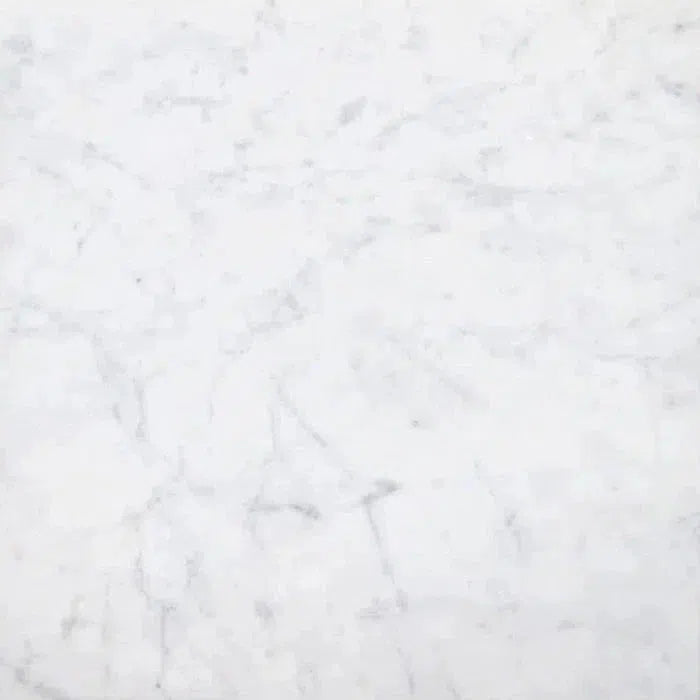 Carrara White
Carrara White 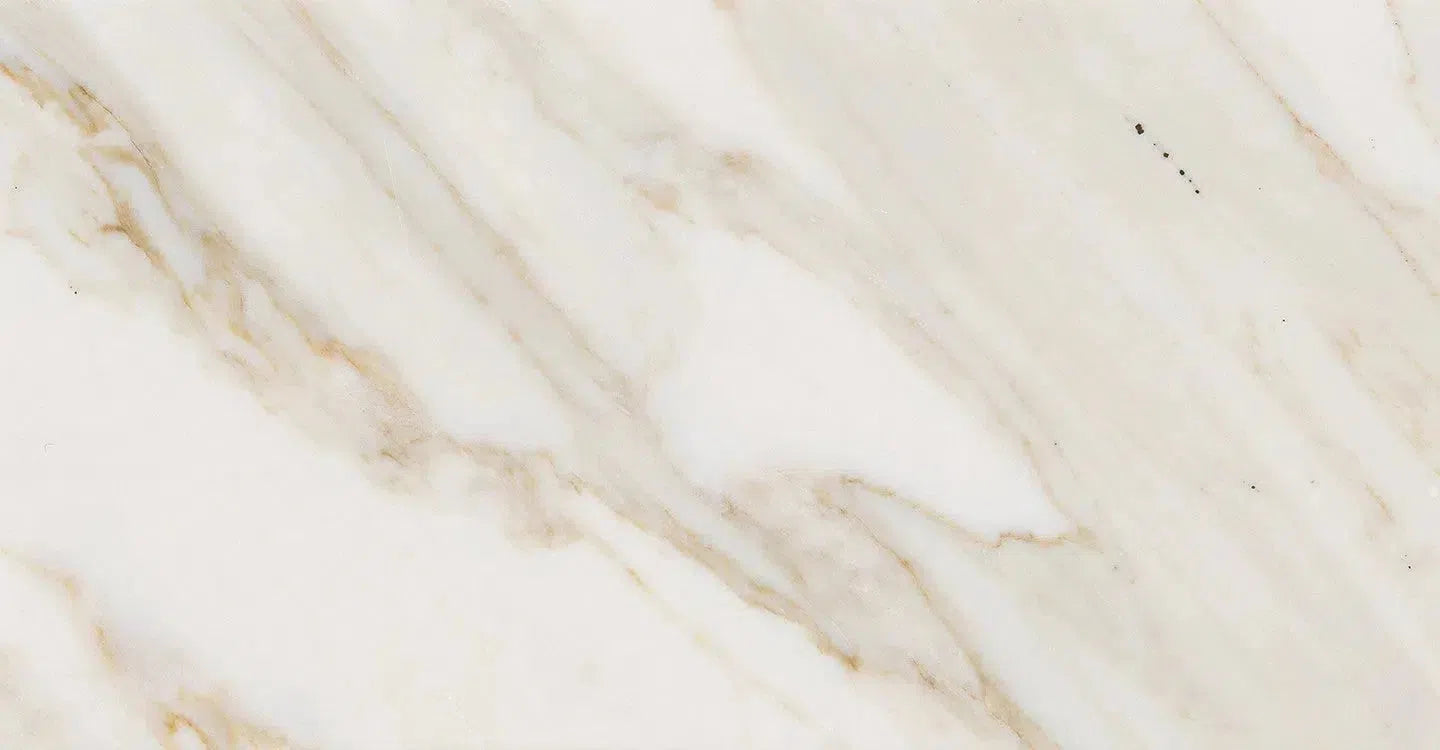 Calacatta Gold
Calacatta Gold Crema Marfil
Crema Marfil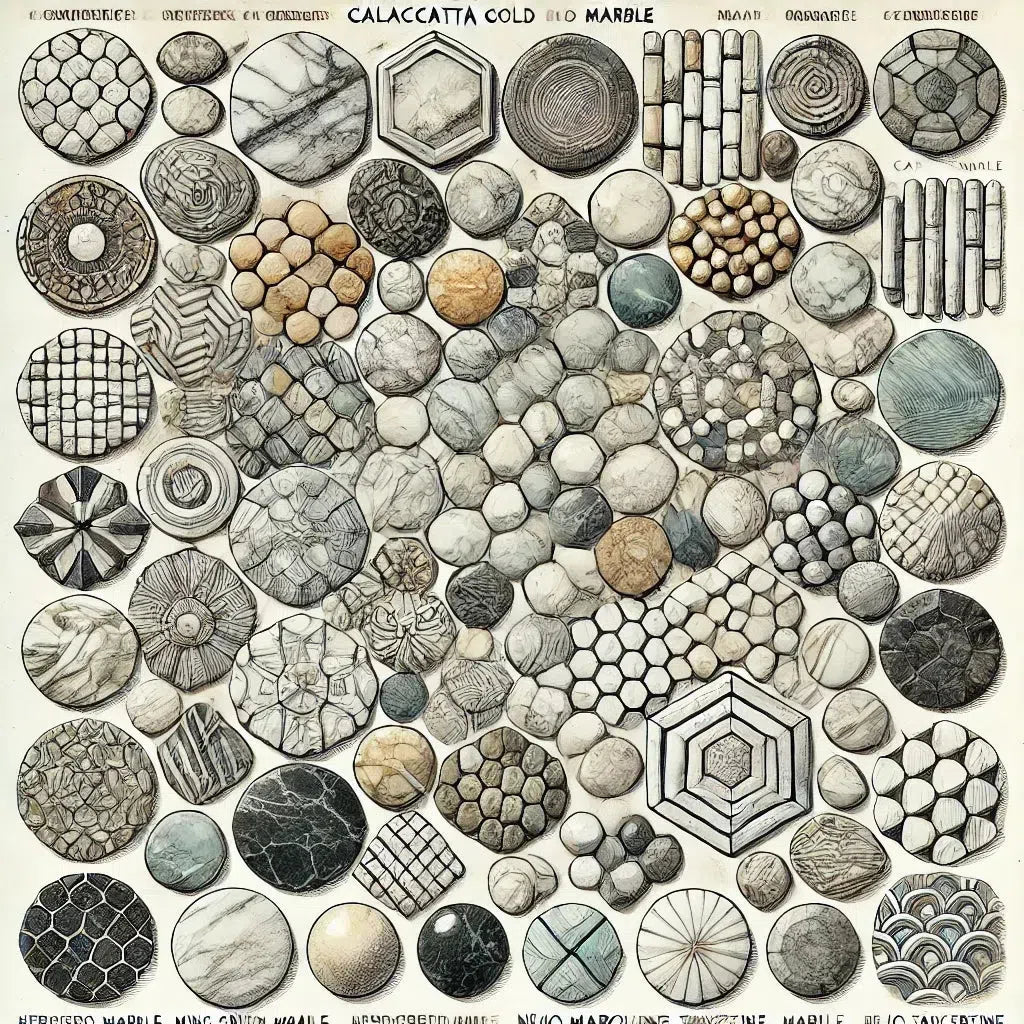 Custom Made Mosaic
Custom Made Mosaic Emperador Dark
Emperador Dark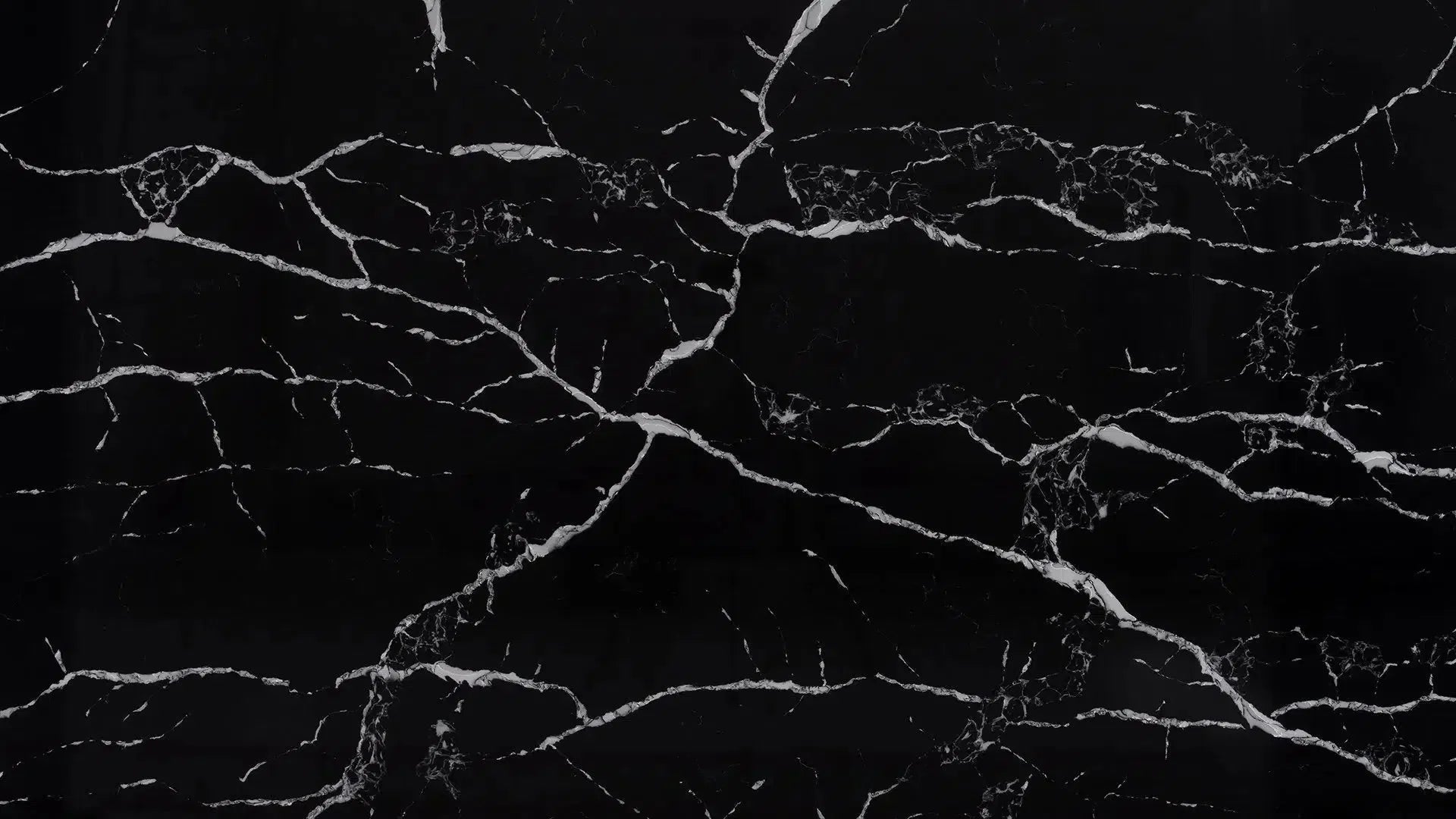 Nero Marquina
Nero Marquina Ming Green Marble
Ming Green Marble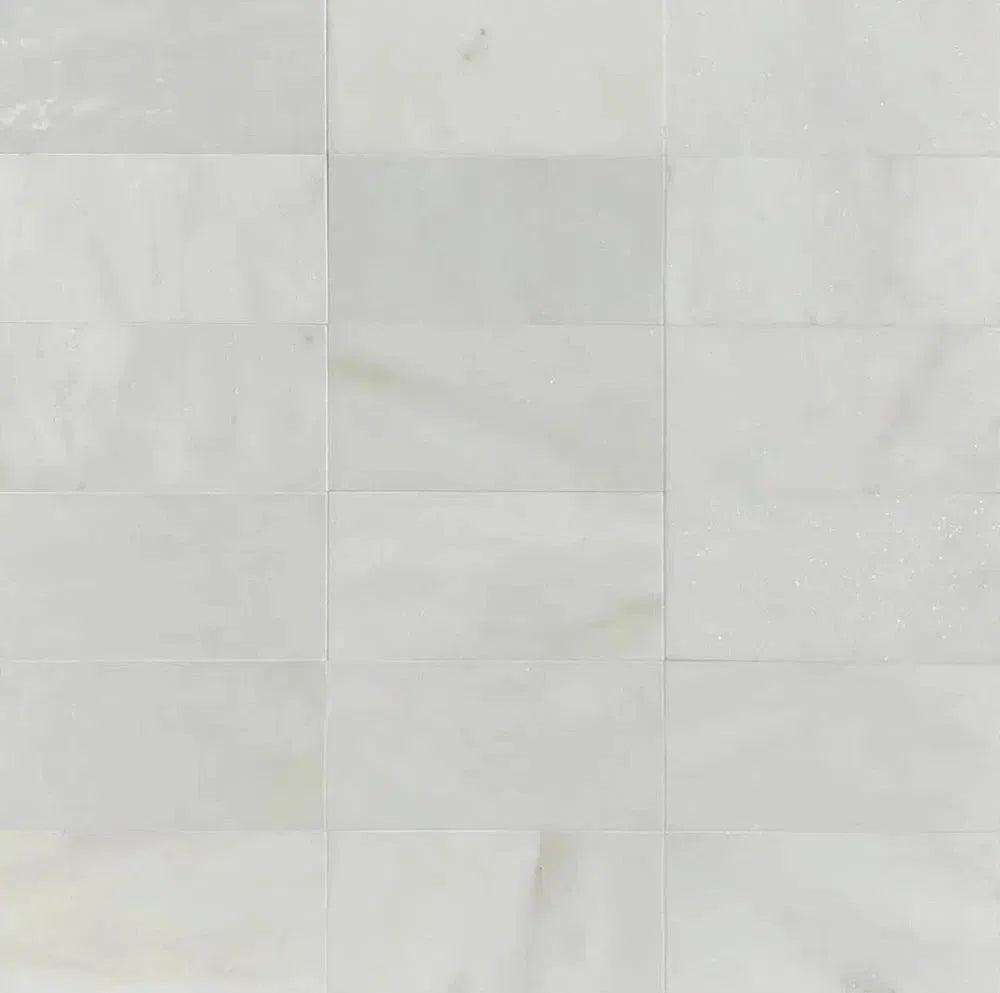 Oriental White Marble (Asian Statuary Marble)
Oriental White Marble (Asian Statuary Marble)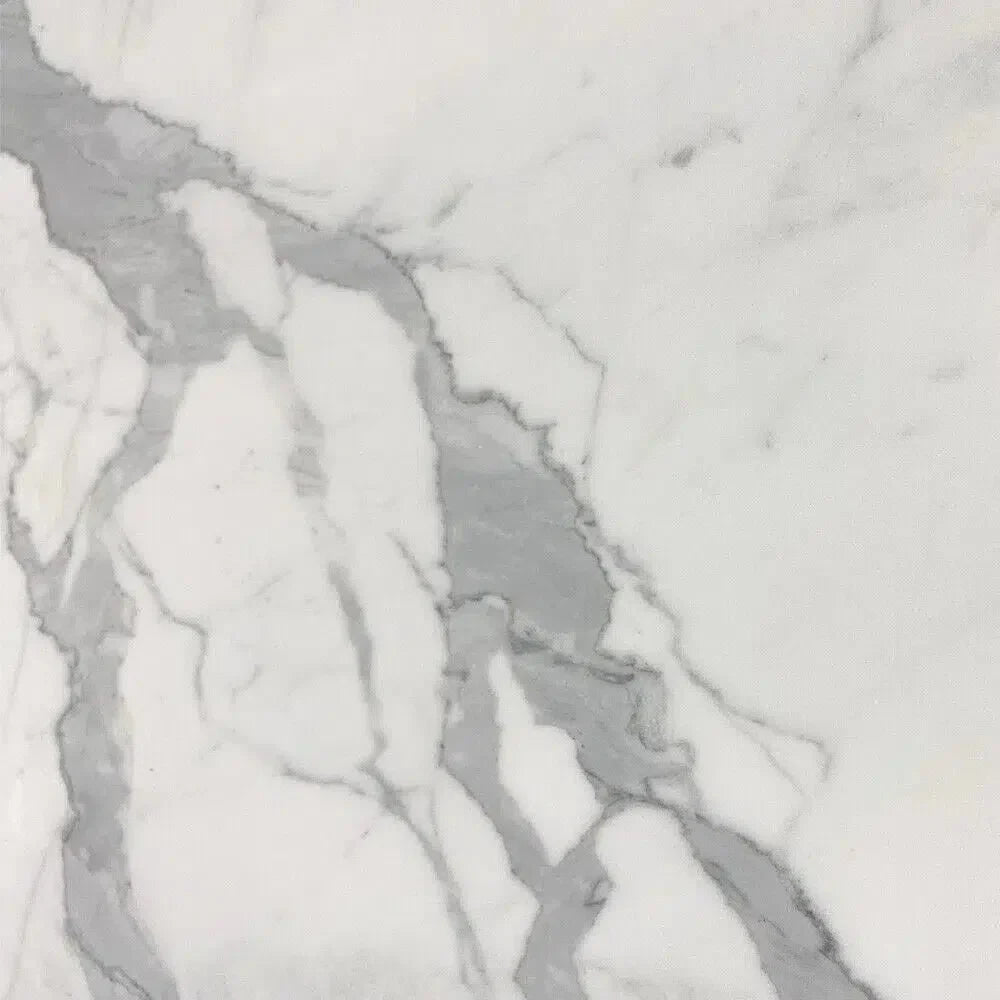 Statuary - Statuario White (Italian) Marble
Statuary - Statuario White (Italian) Marble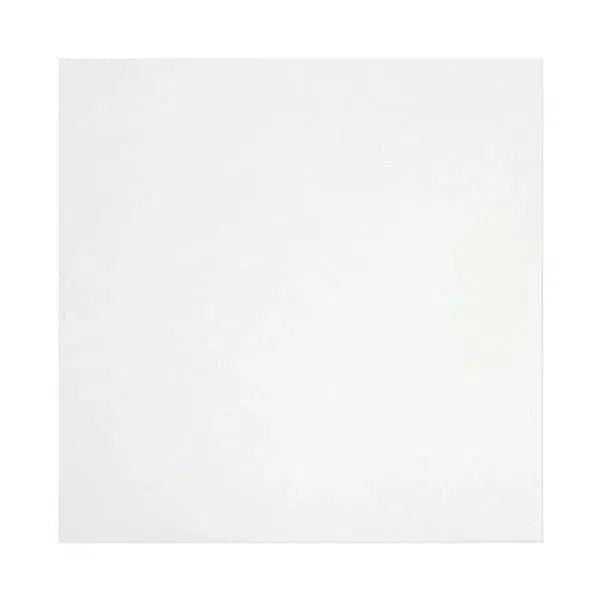 Thassos White
Thassos White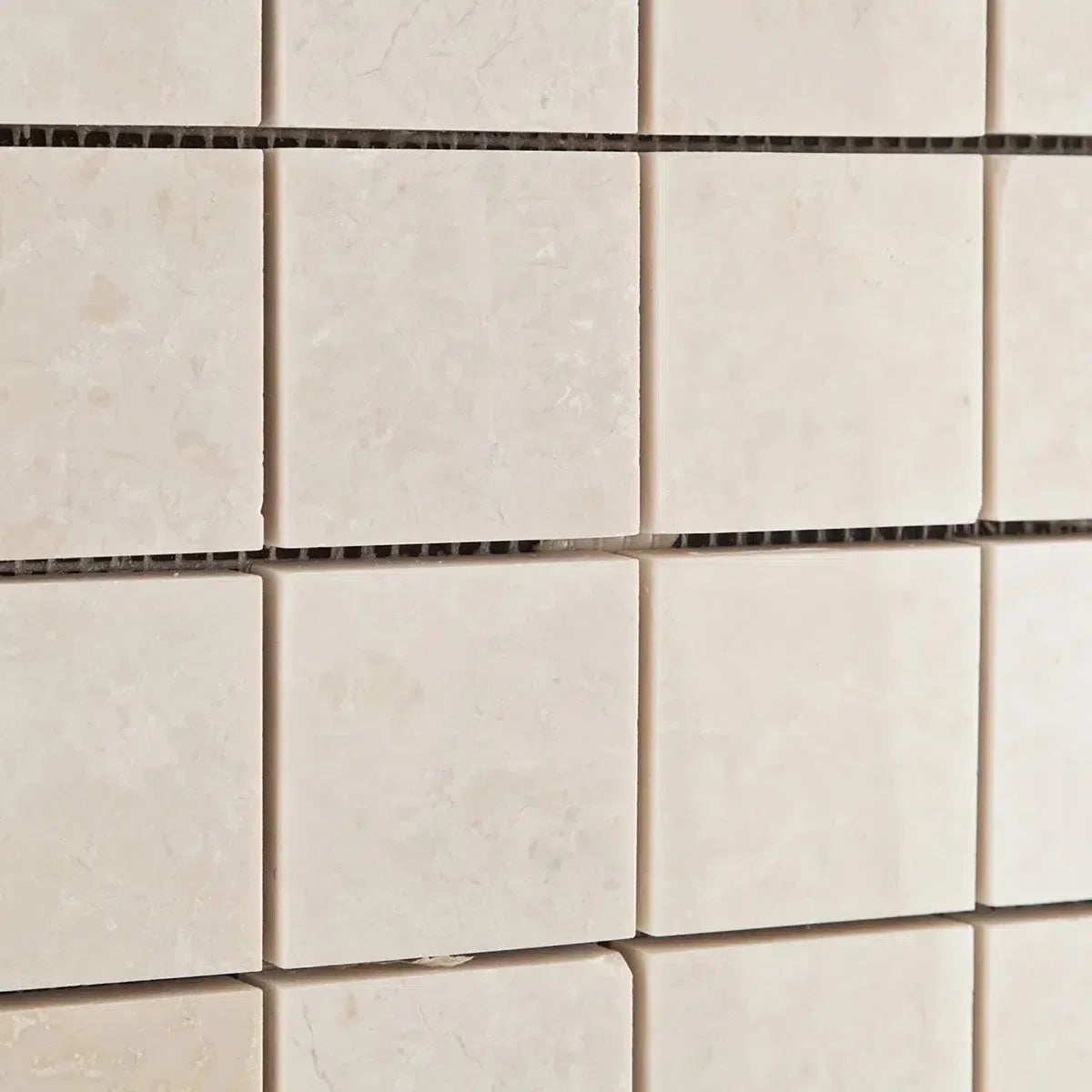 White Pearl/Botticino Beige Marble
White Pearl/Botticino Beige Marble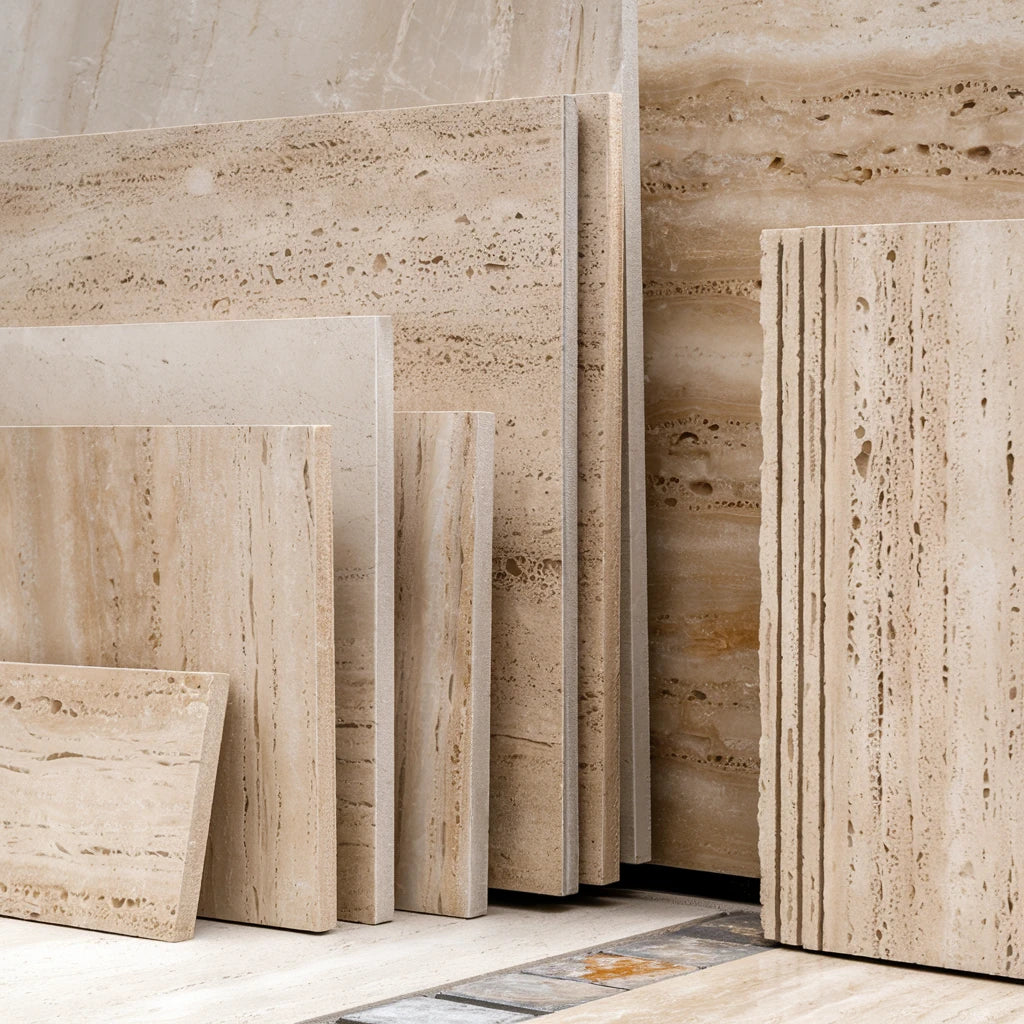 Best Selling Travertine Collections
Best Selling Travertine Collections
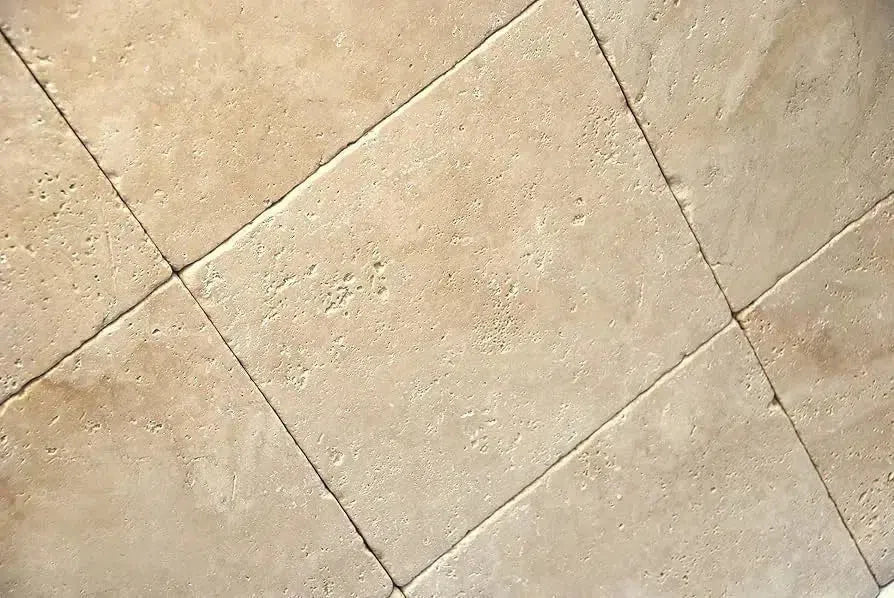 Ivory Travertine
Ivory Travertine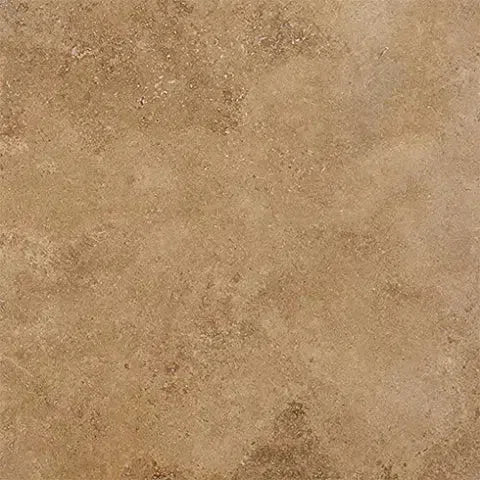 Noce Travertine
Noce Travertine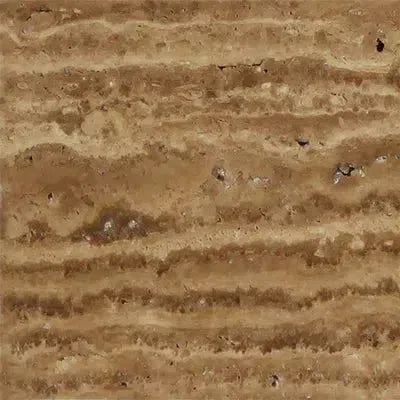 Exotic Noce Travertine
Exotic Noce Travertine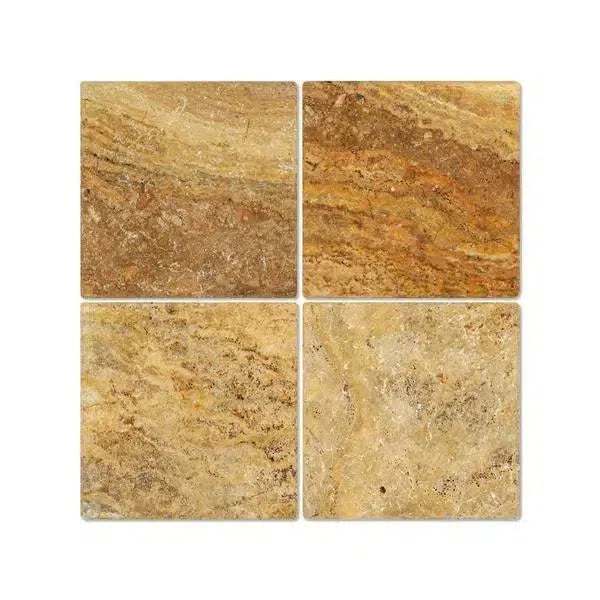 Scabos | Autumn Leaves Travertine
Scabos | Autumn Leaves Travertine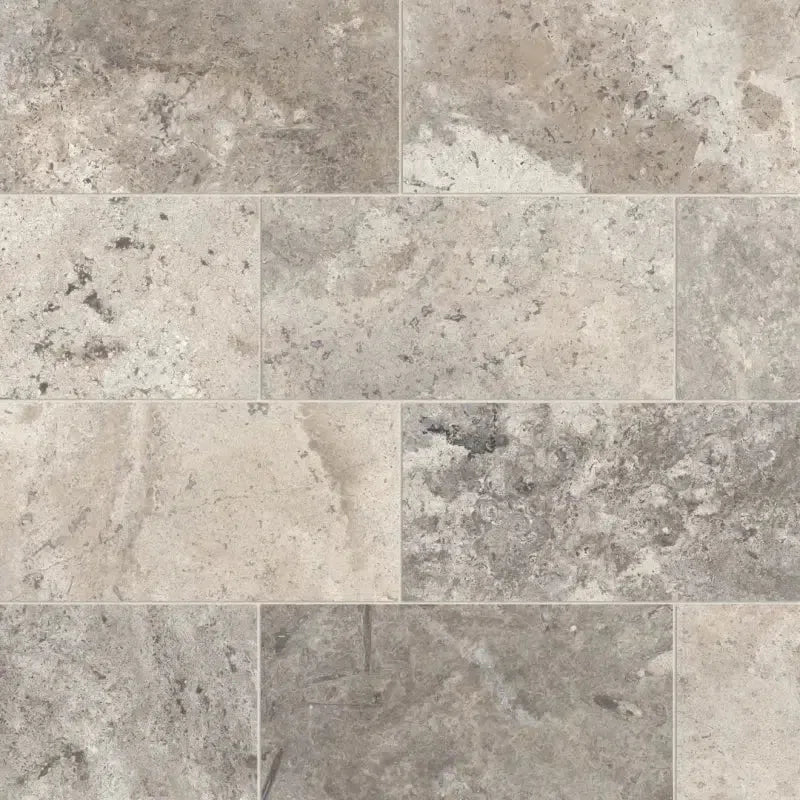 Silver Travertine
Silver Travertine Exotic Travertine
Exotic Travertine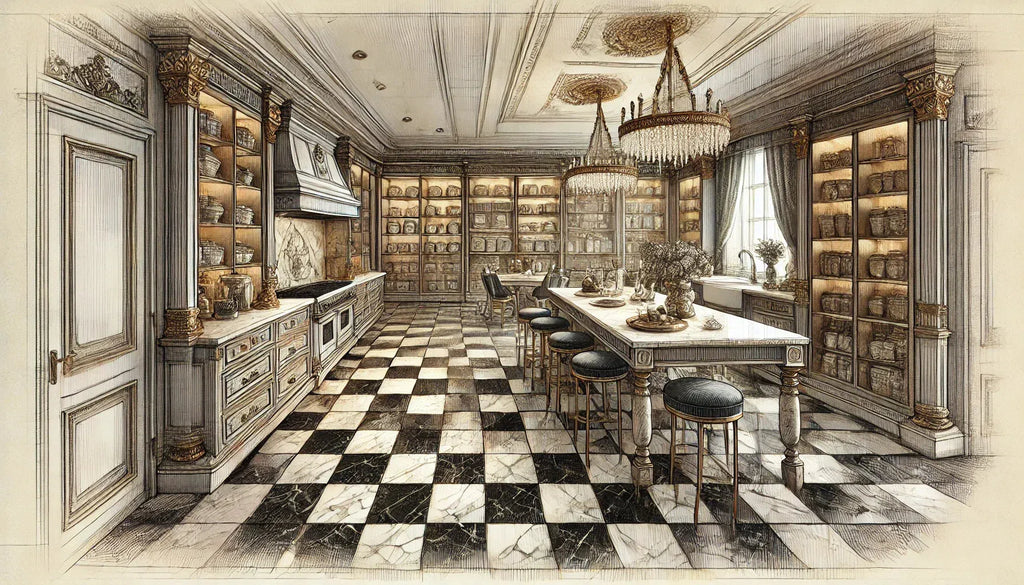 Checkerboard
Checkerboard
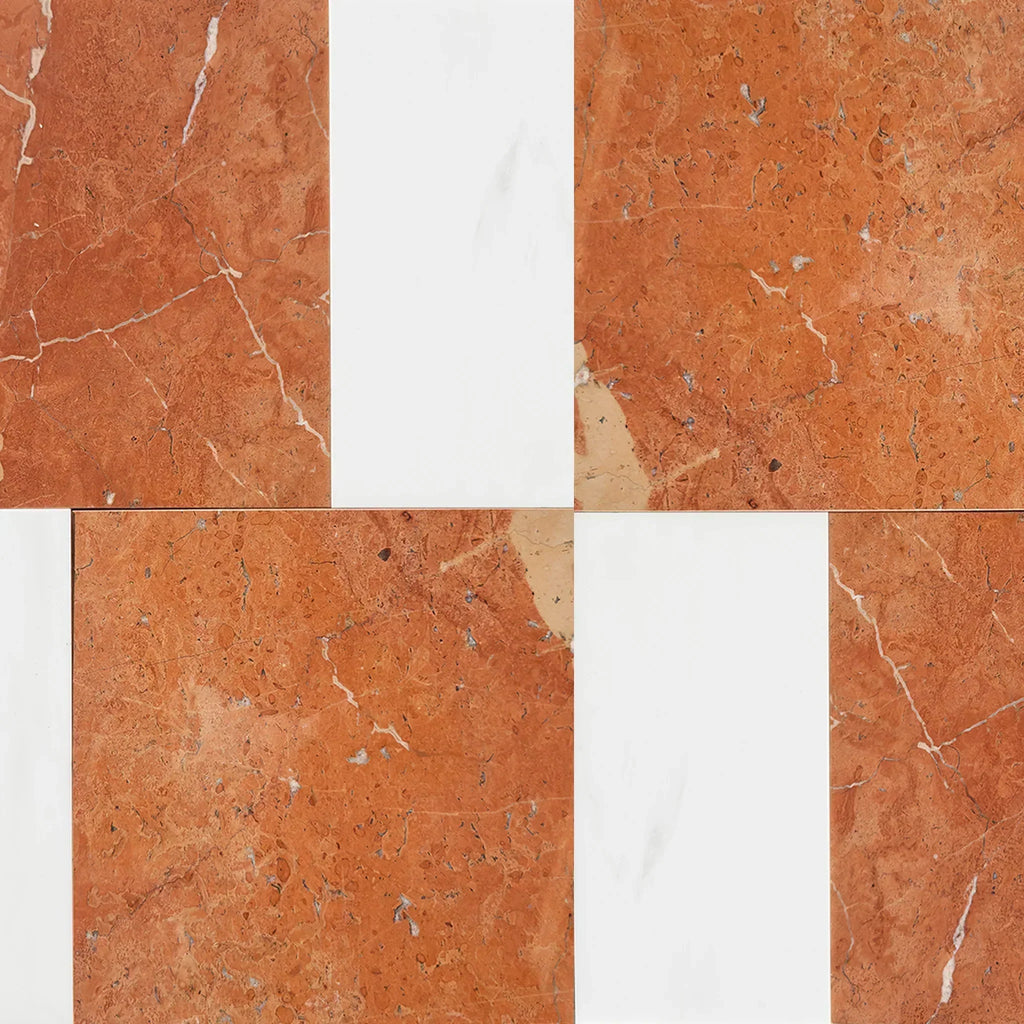 Patterned Tile
Patterned Tile
 Shop By Material
Shop By Material
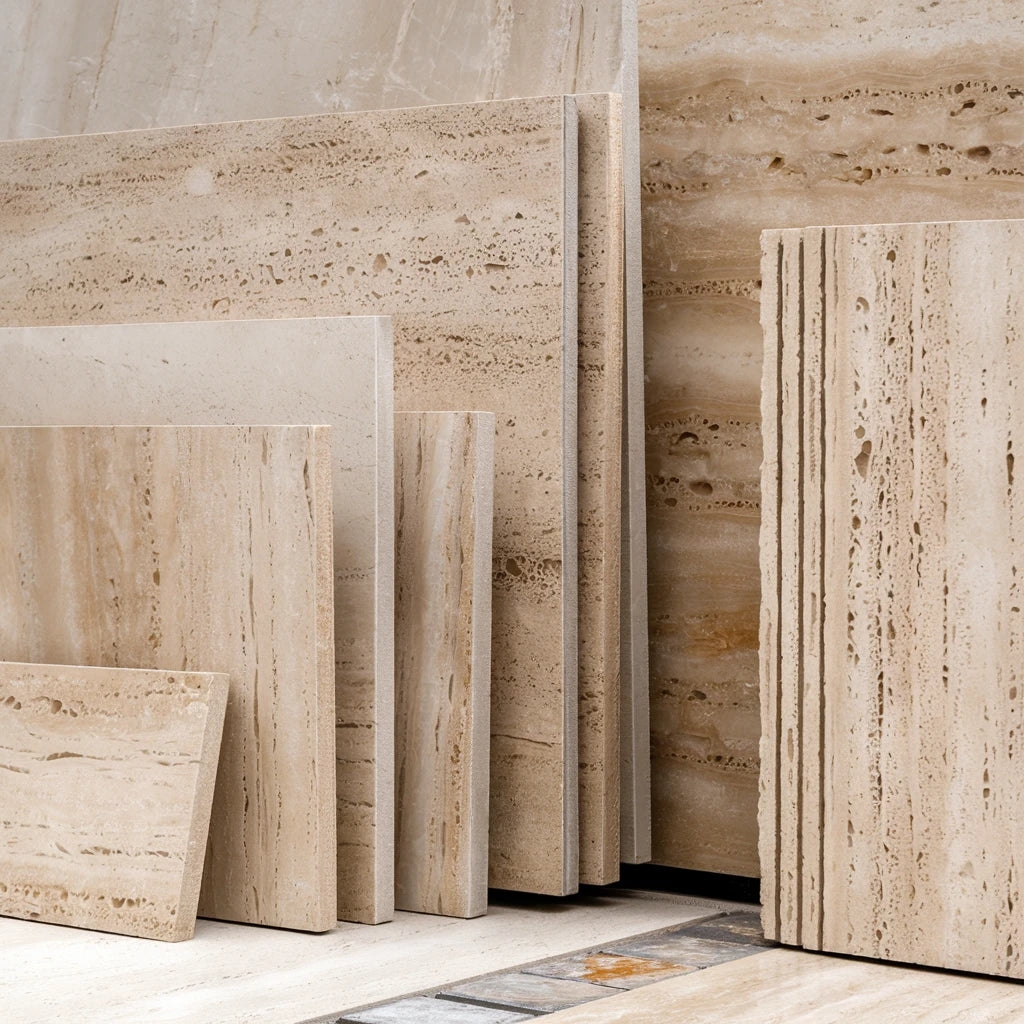 Travertine
Travertine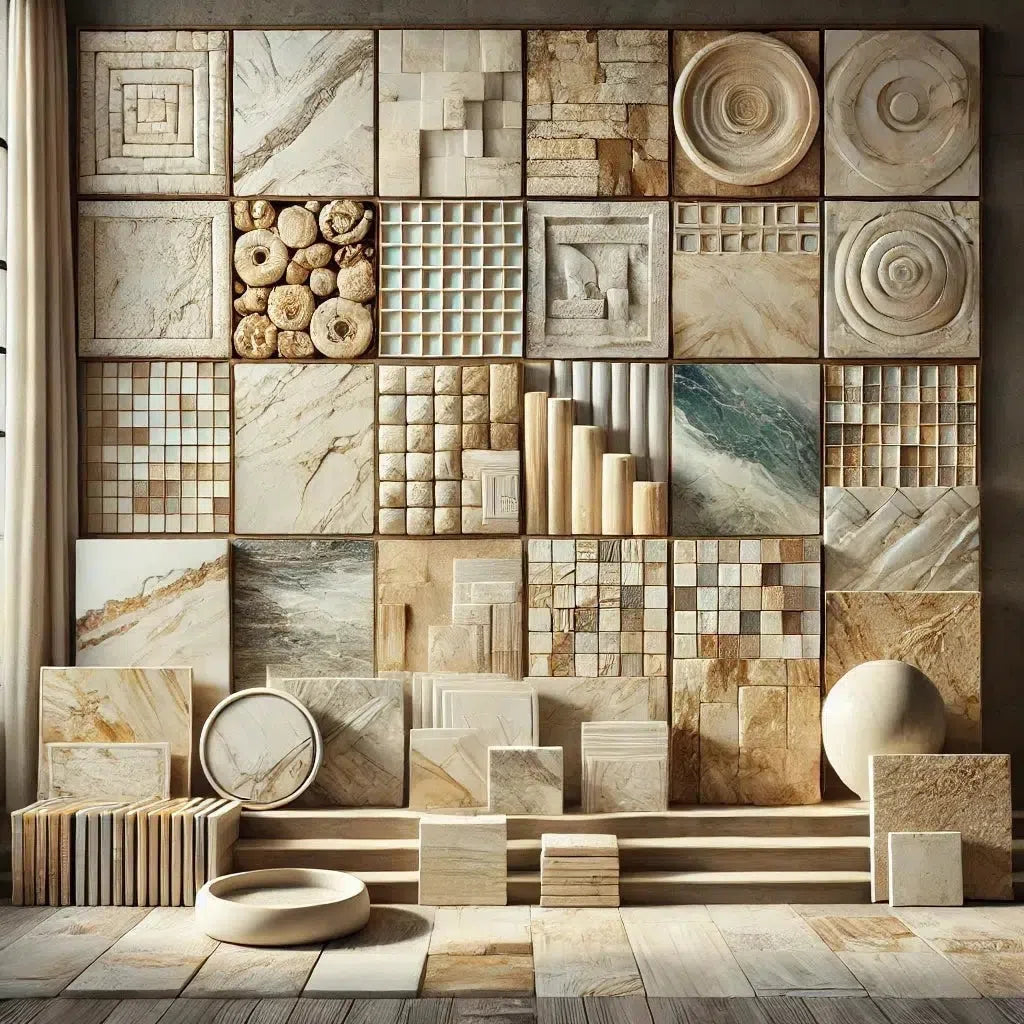 Marble
Marble Limestone
Limestone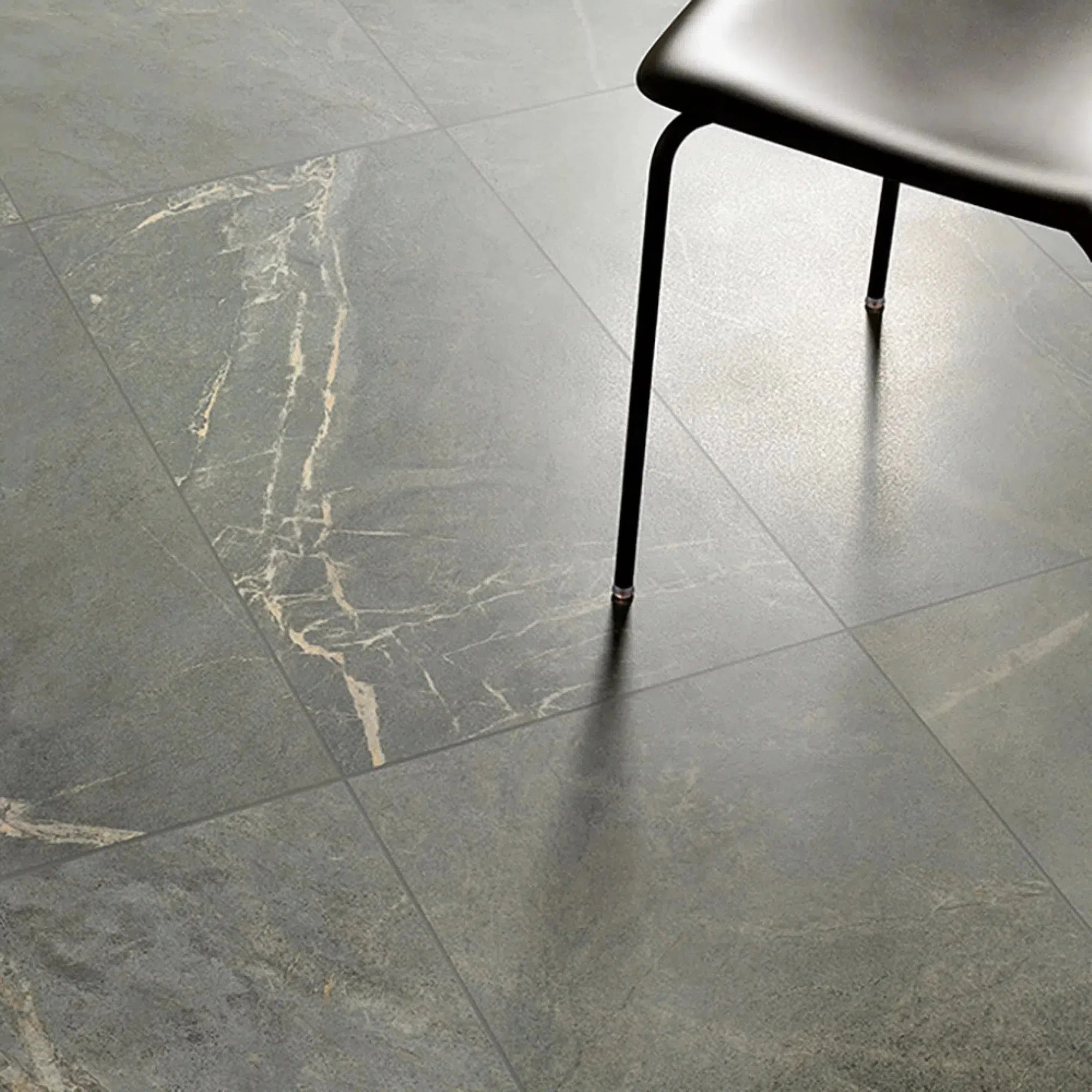 Soap Stone
Soap Stone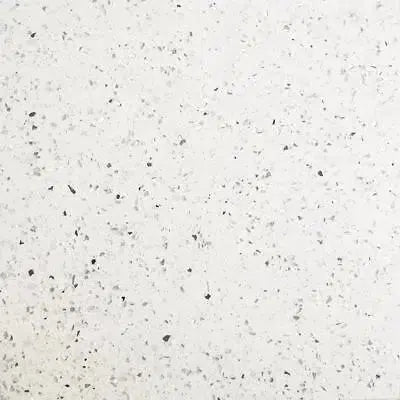 Quartz
Quartz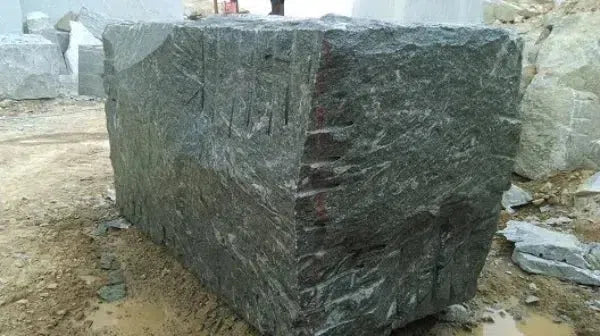 Granite
Granite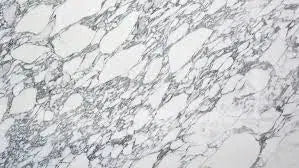 Shop By Name
Shop By Name
 Absolute Black Granite
Absolute Black Granite Atlantic Gray Marble
Atlantic Gray Marble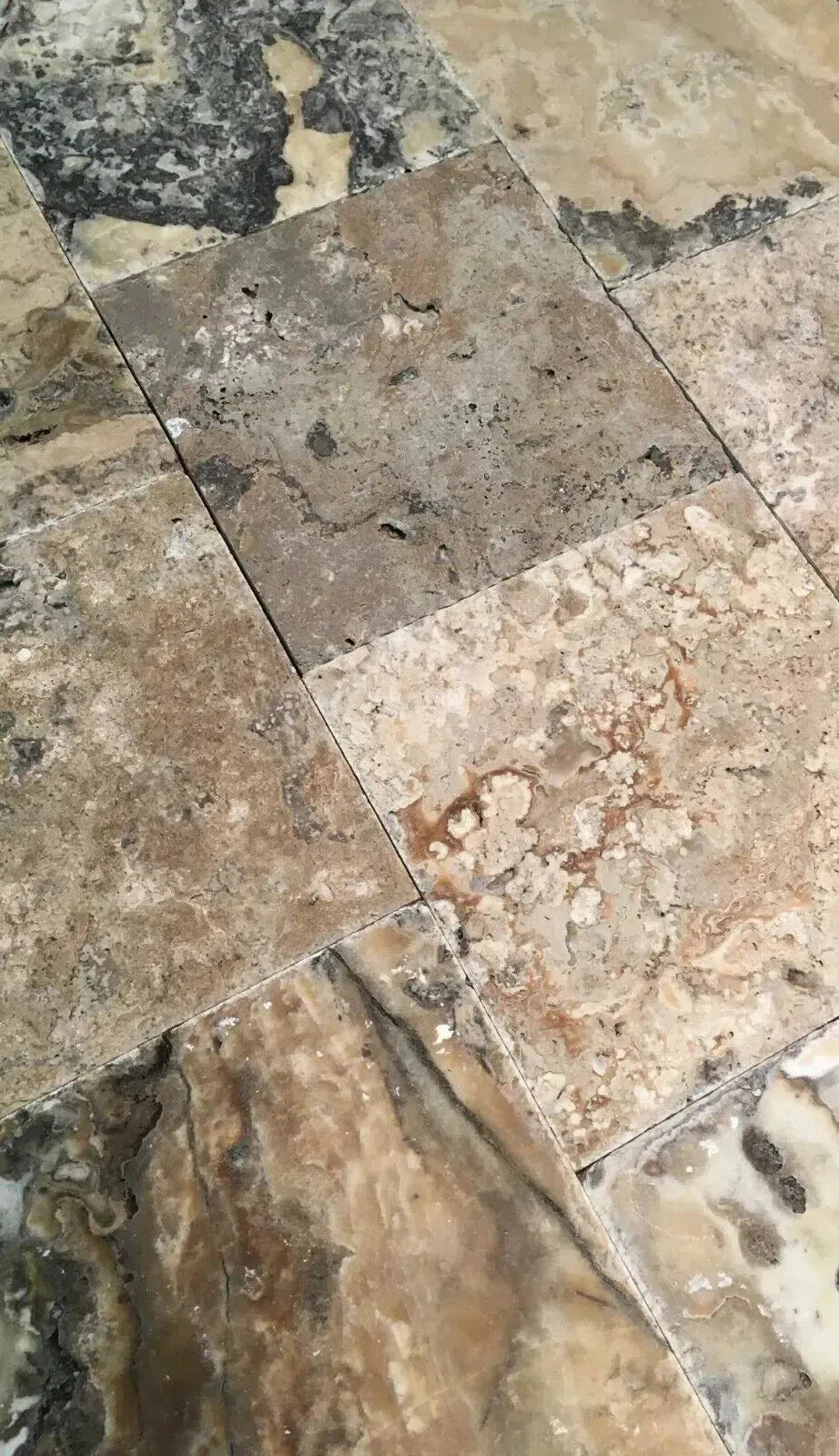 Antico Onyx Travertine
Antico Onyx Travertine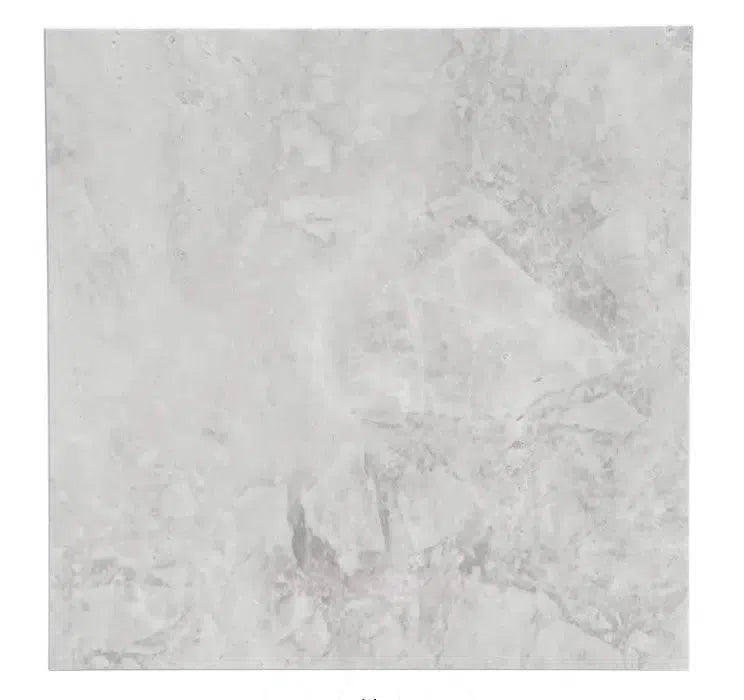 Bianco Congelato Dolomite
Bianco Congelato Dolomite Bianco Venatino (Bianco Mare) Marble
Bianco Venatino (Bianco Mare) Marble Calacatta Verde Royale Marble
Calacatta Verde Royale Marble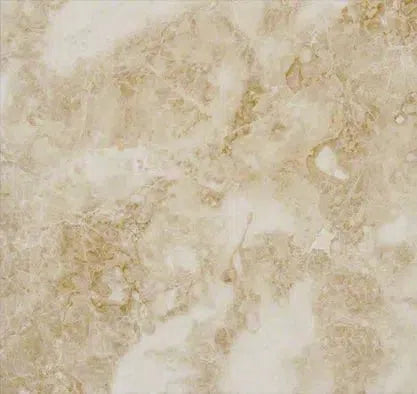 Cappuccino Marble
Cappuccino Marble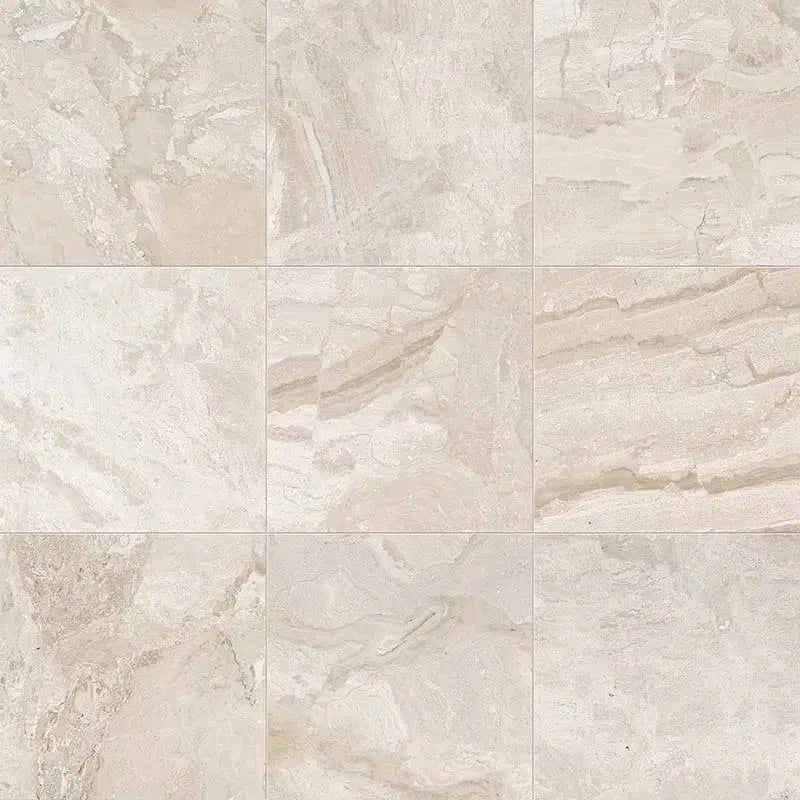 Diano Royal (Queen Beige) Marble
Diano Royal (Queen Beige) Marble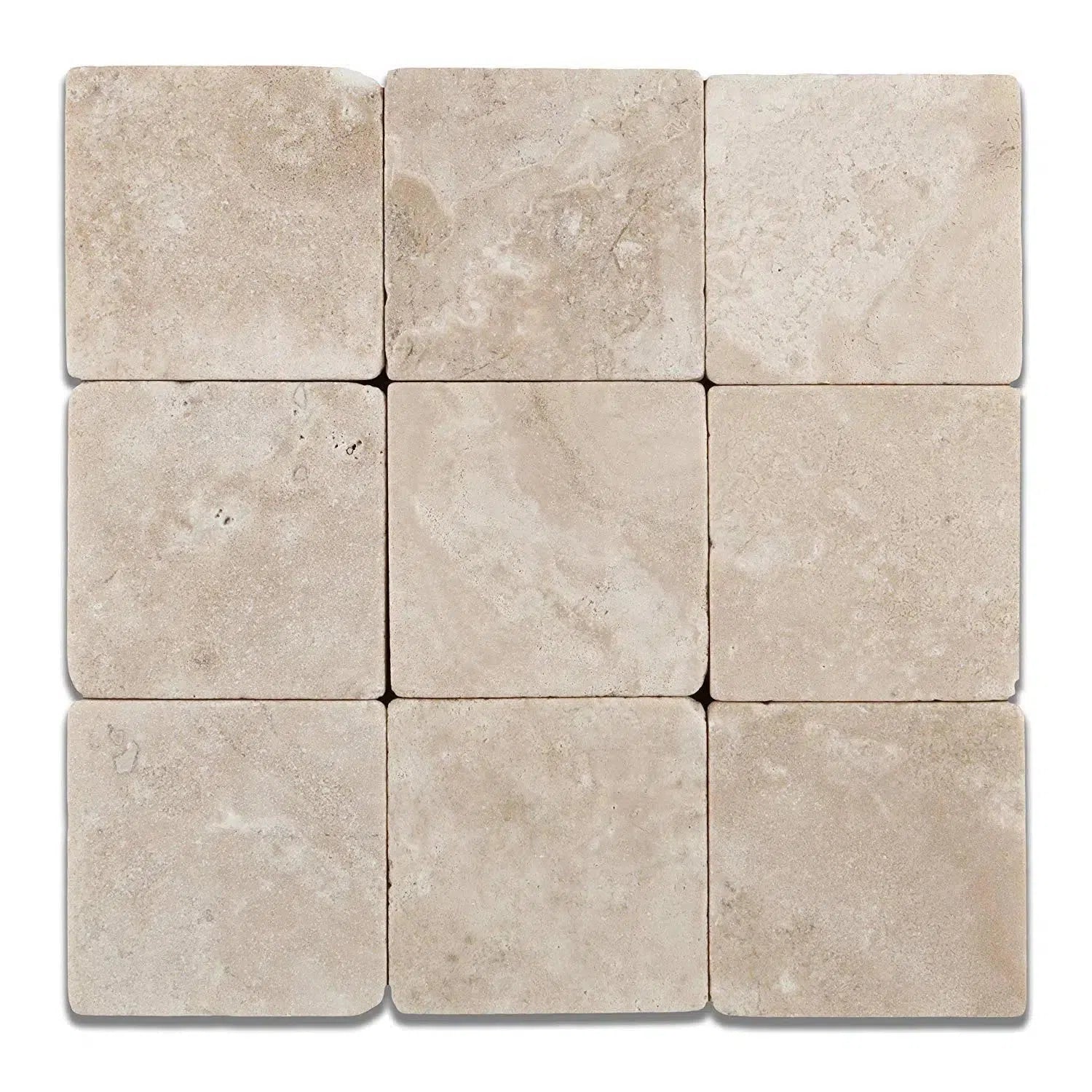 Durango Cream Traverine
Durango Cream Traverine Emperador Light Marble
Emperador Light Marble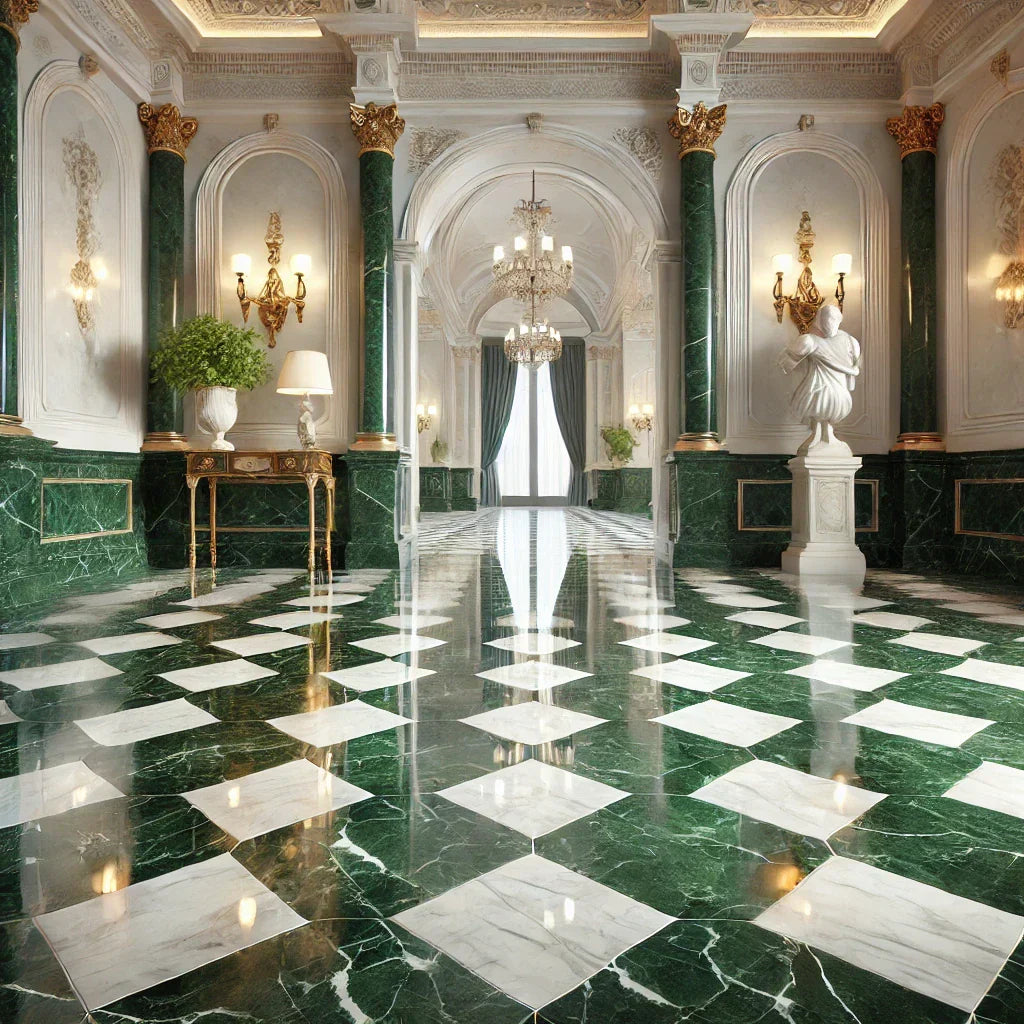 Empress Green Marble
Empress Green Marble Gold/Yellow Travertine
Gold/Yellow Travertine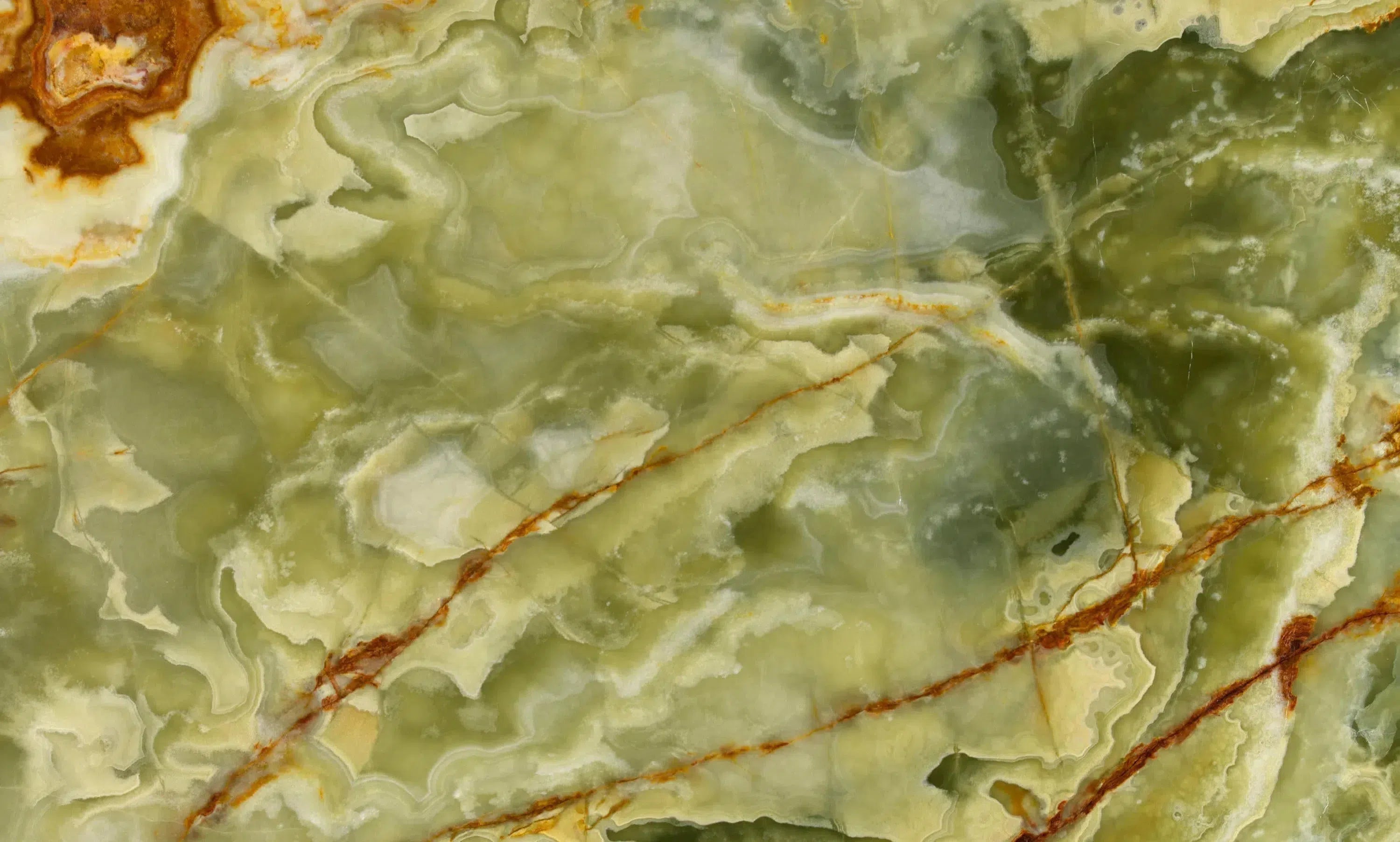 Green Onyx Marble
Green Onyx Marble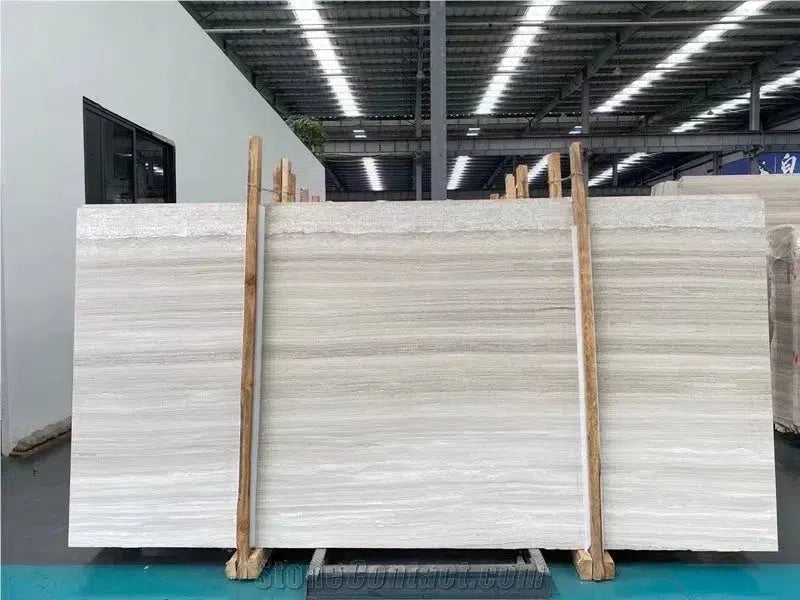 Haisa Light (White Wood) Limestone
Haisa Light (White Wood) Limestone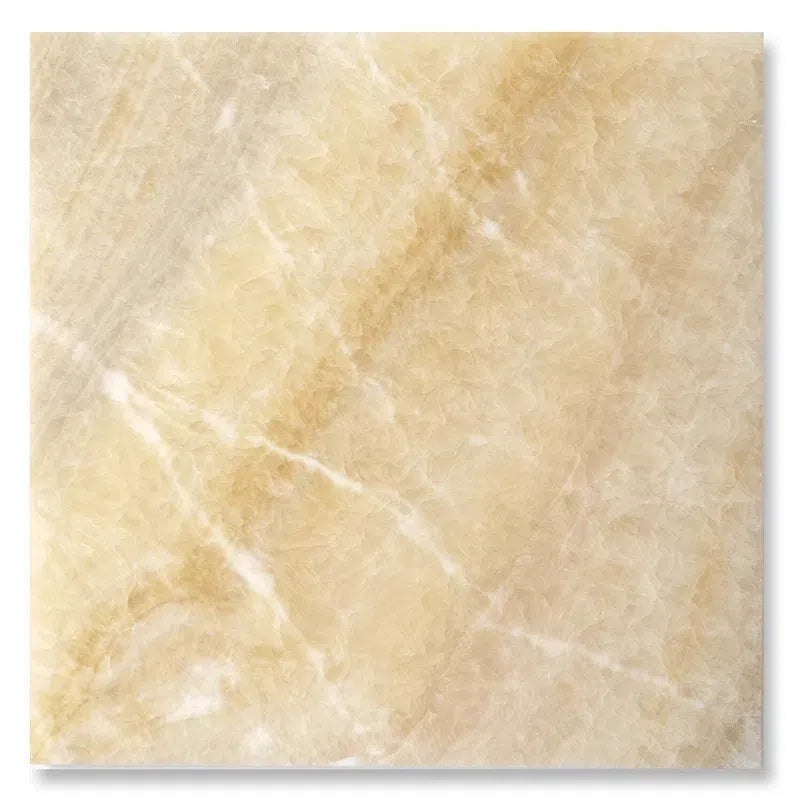 Honey Onyx Marble
Honey Onyx Marble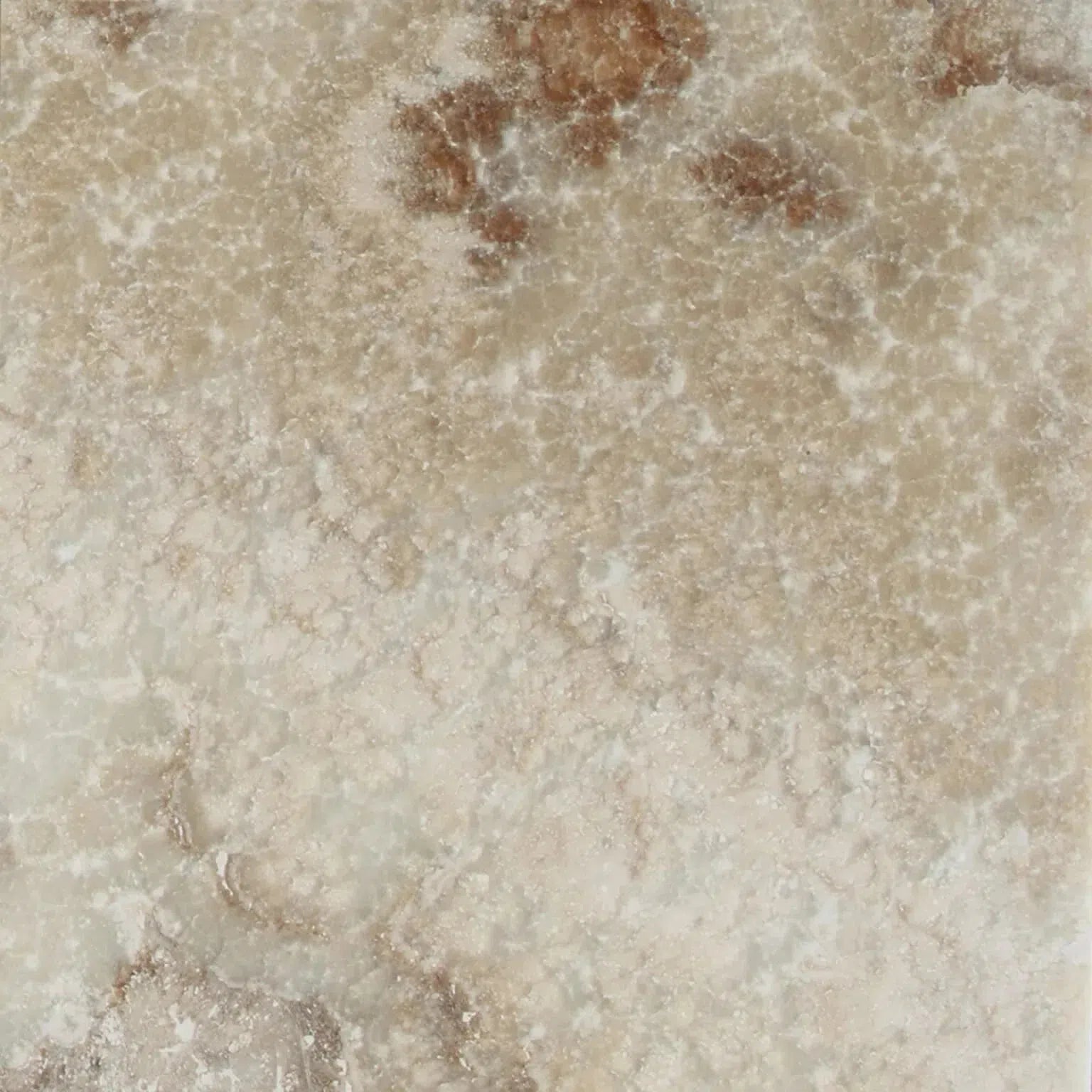 La Travonya Travertine
La Travonya Travertine Malibu Travertine
Malibu Travertine Mink (Equator) Marble
Mink (Equator) Marble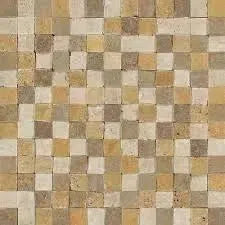 Mixed (Ivory-Noce-Gold) Travertine
Mixed (Ivory-Noce-Gold) Travertine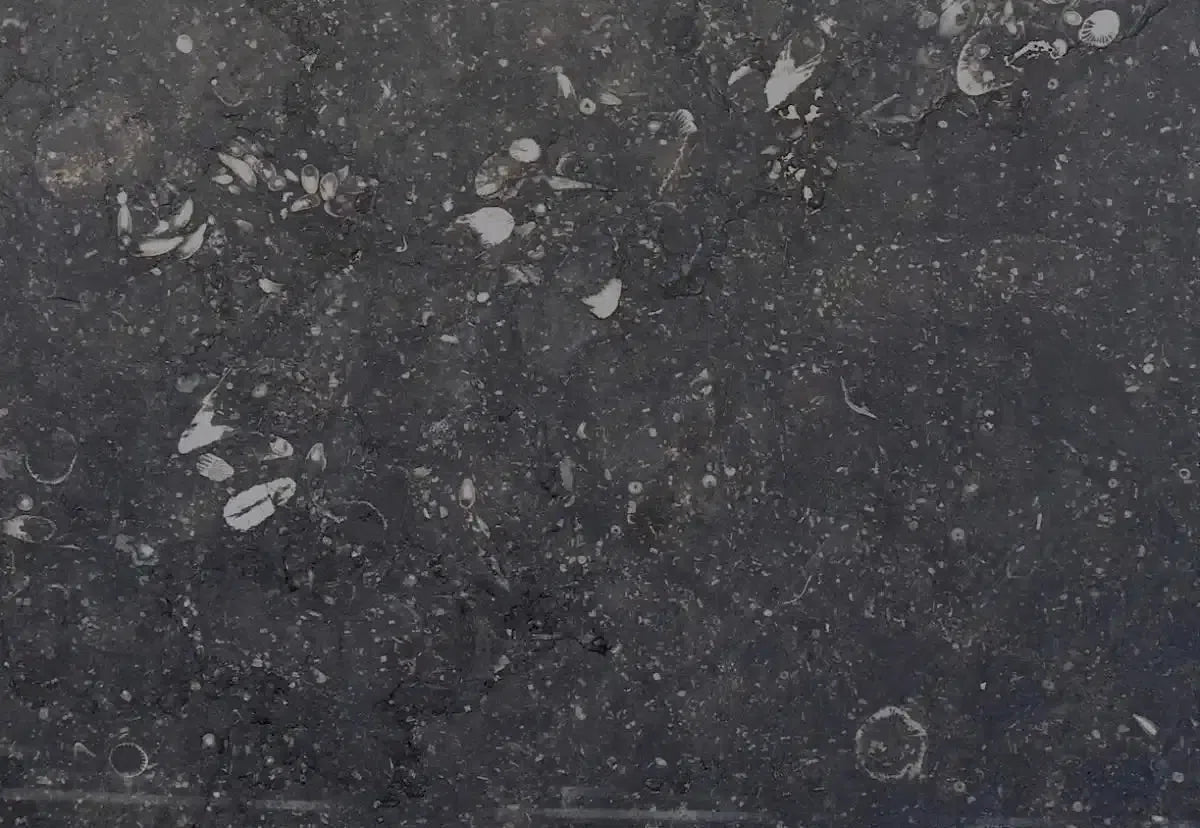 Pierre Bleue (Pierre Blue) Marble
Pierre Bleue (Pierre Blue) Marble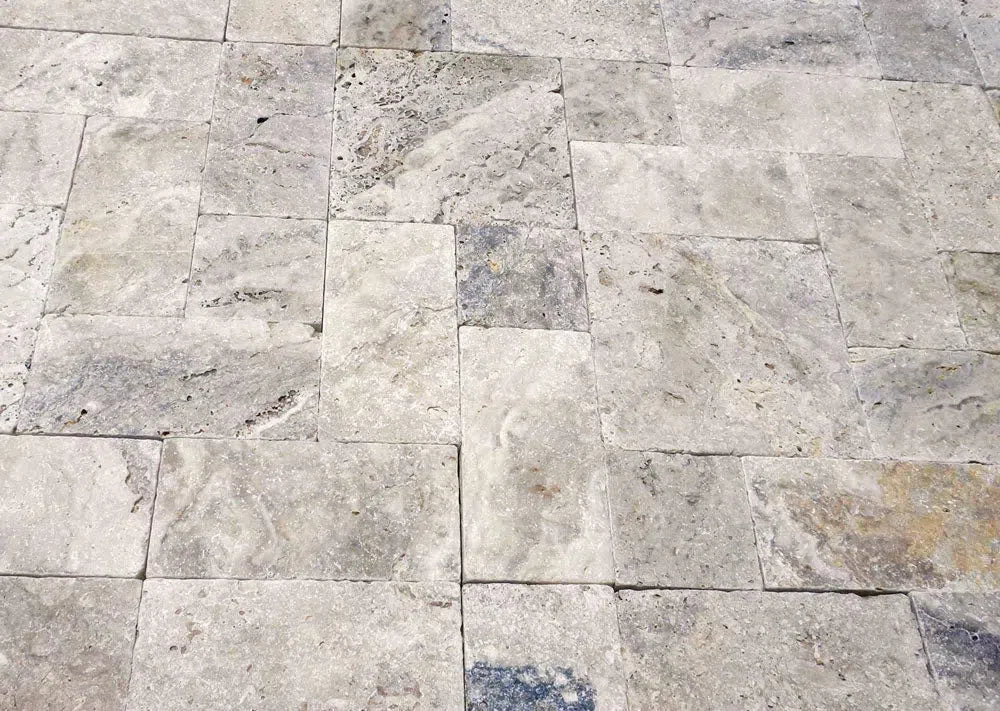 Philadelphia Travertine
Philadelphia Travertine Rosé Aurora Marble
Rosé Aurora Marble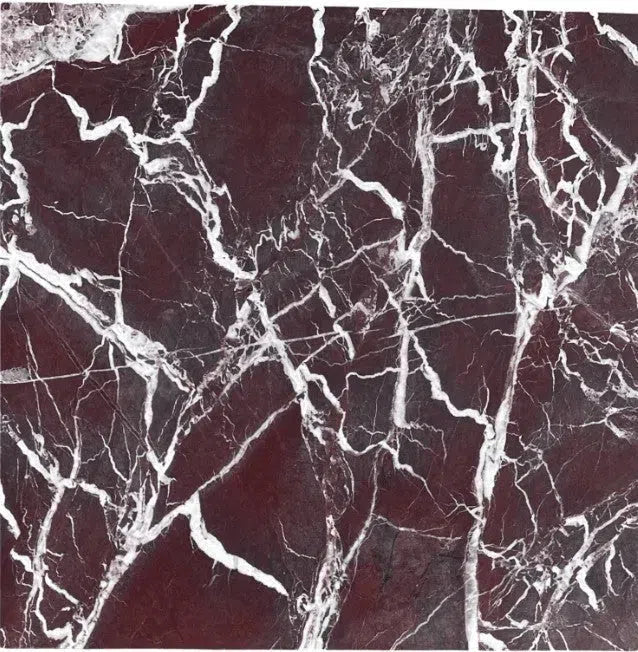 Rosso Levanto Marble
Rosso Levanto Marble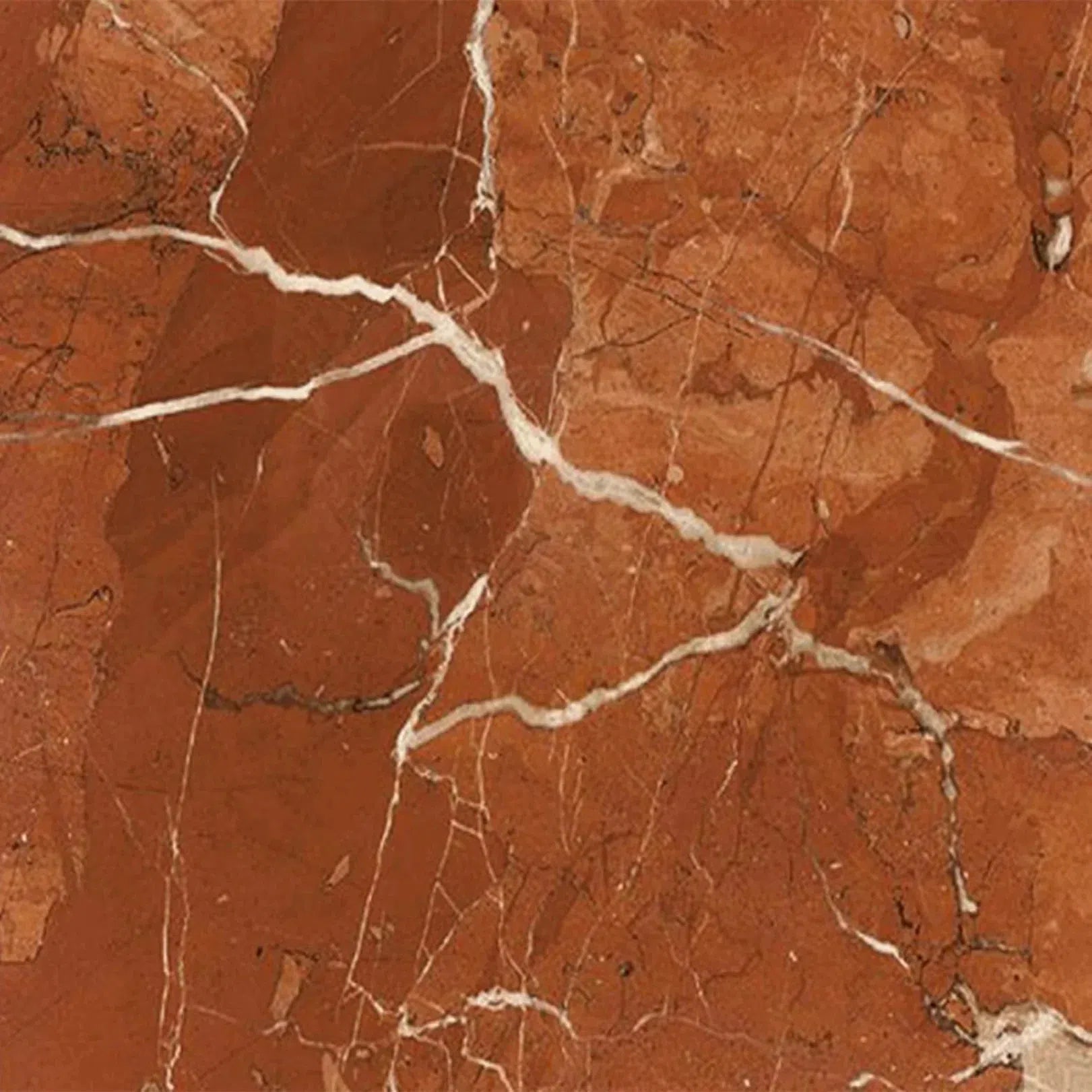 Rojo Alicante Marble
Rojo Alicante Marble Sky Blue | Azul Cielo Marble
Sky Blue | Azul Cielo Marble Snow White (Afyon White) Marble
Snow White (Afyon White) Marble Spanish Mix Marble
Spanish Mix Marble Storm Gray Marble
Storm Gray Marble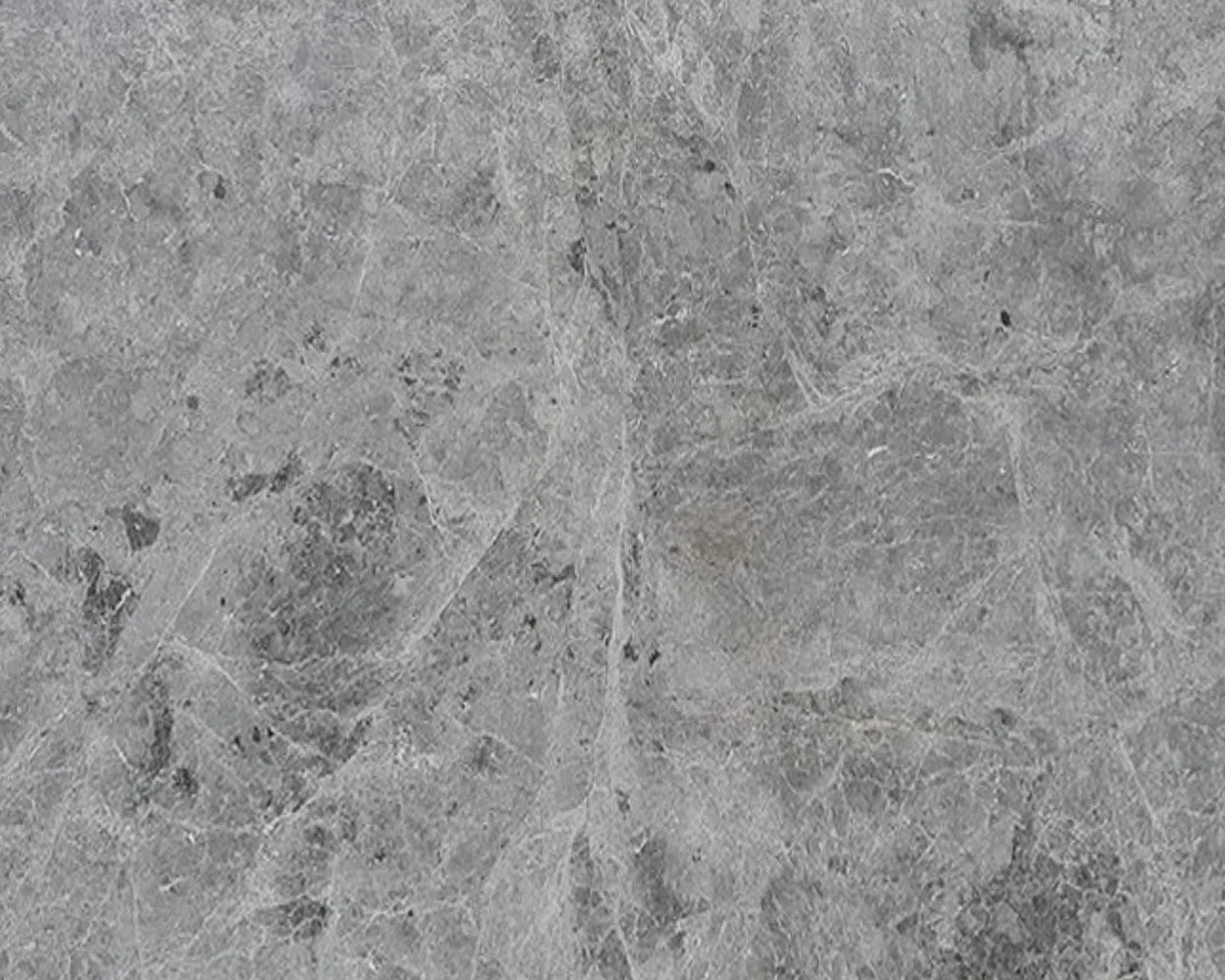 Tundra Gray (Atlantic Gray) Marble
Tundra Gray (Atlantic Gray) Marble Valencia Travertine
Valencia Travertine Valerenga Travertine
Valerenga Travertine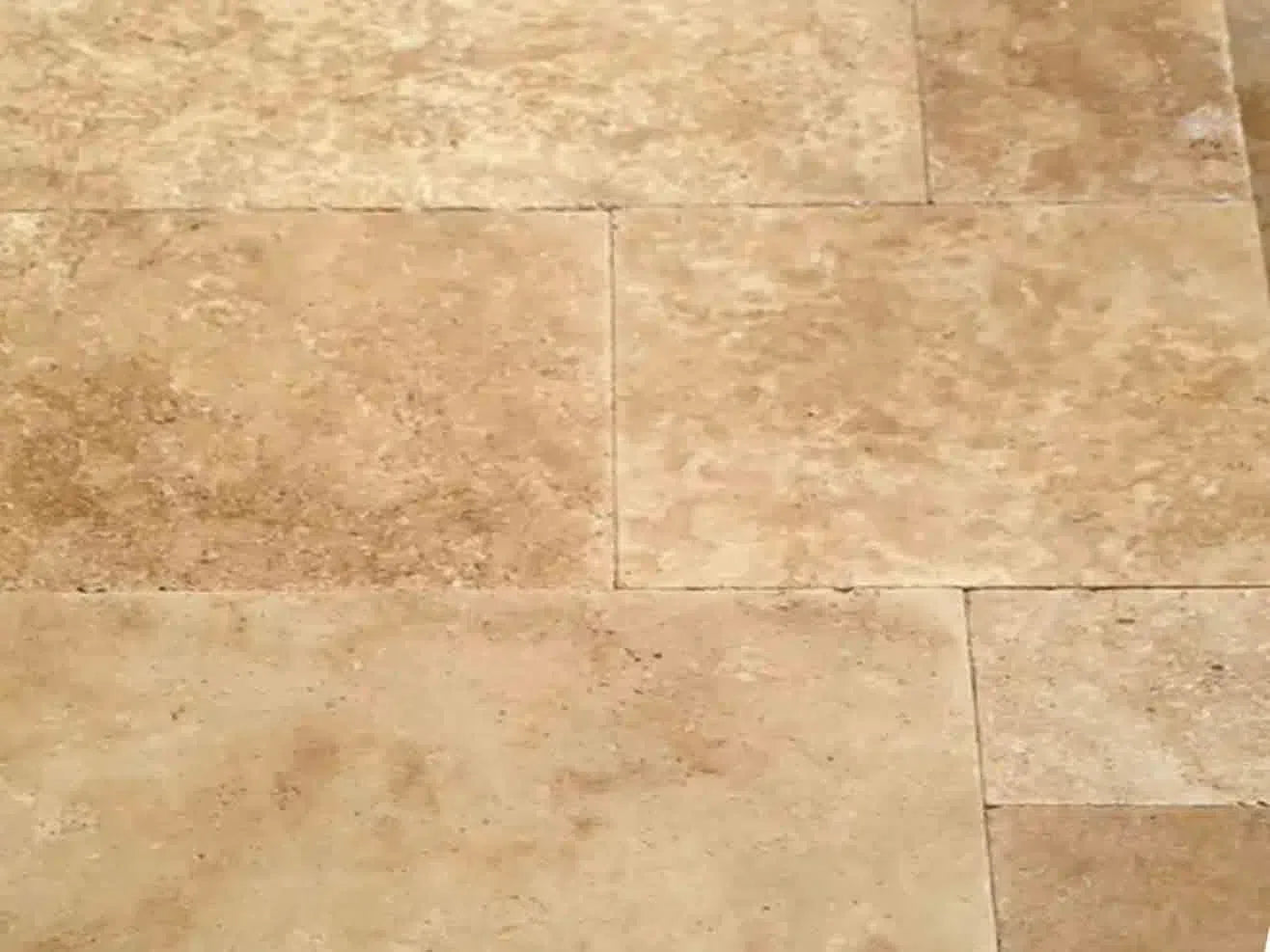 Walnut Travertine
Walnut Travertine White Onyx Marble
White Onyx Marble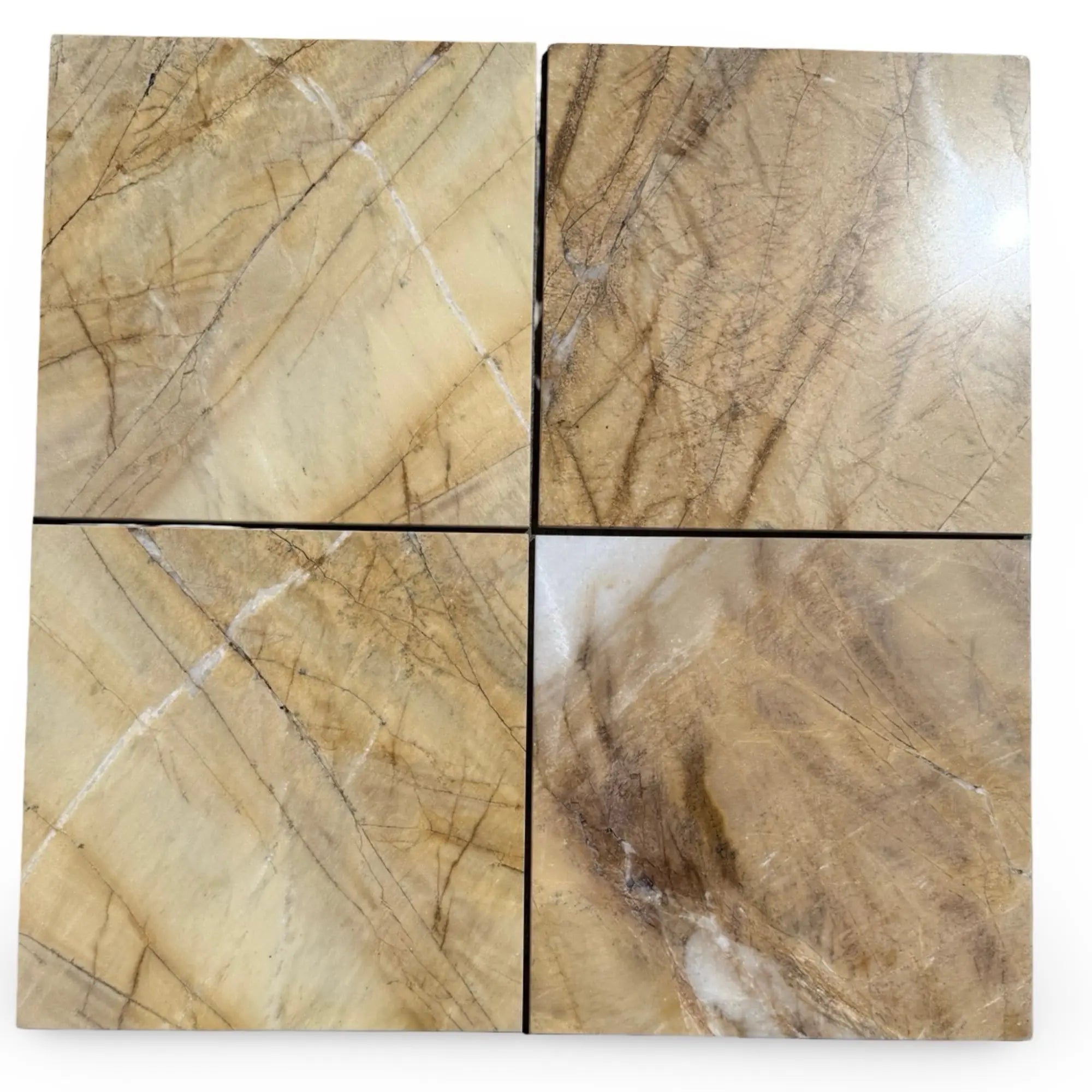 Golden Horizon Marble
Golden Horizon Marble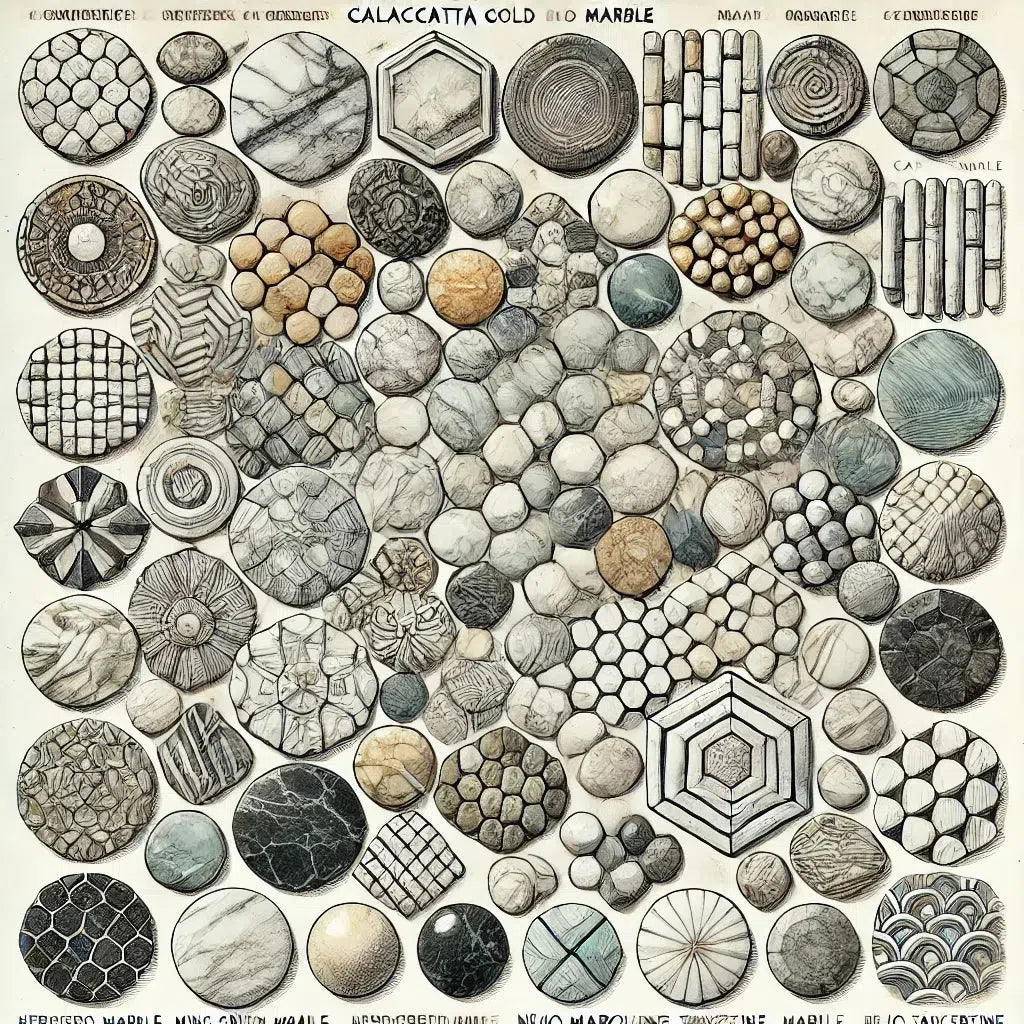 Shop By Type
Shop By Type
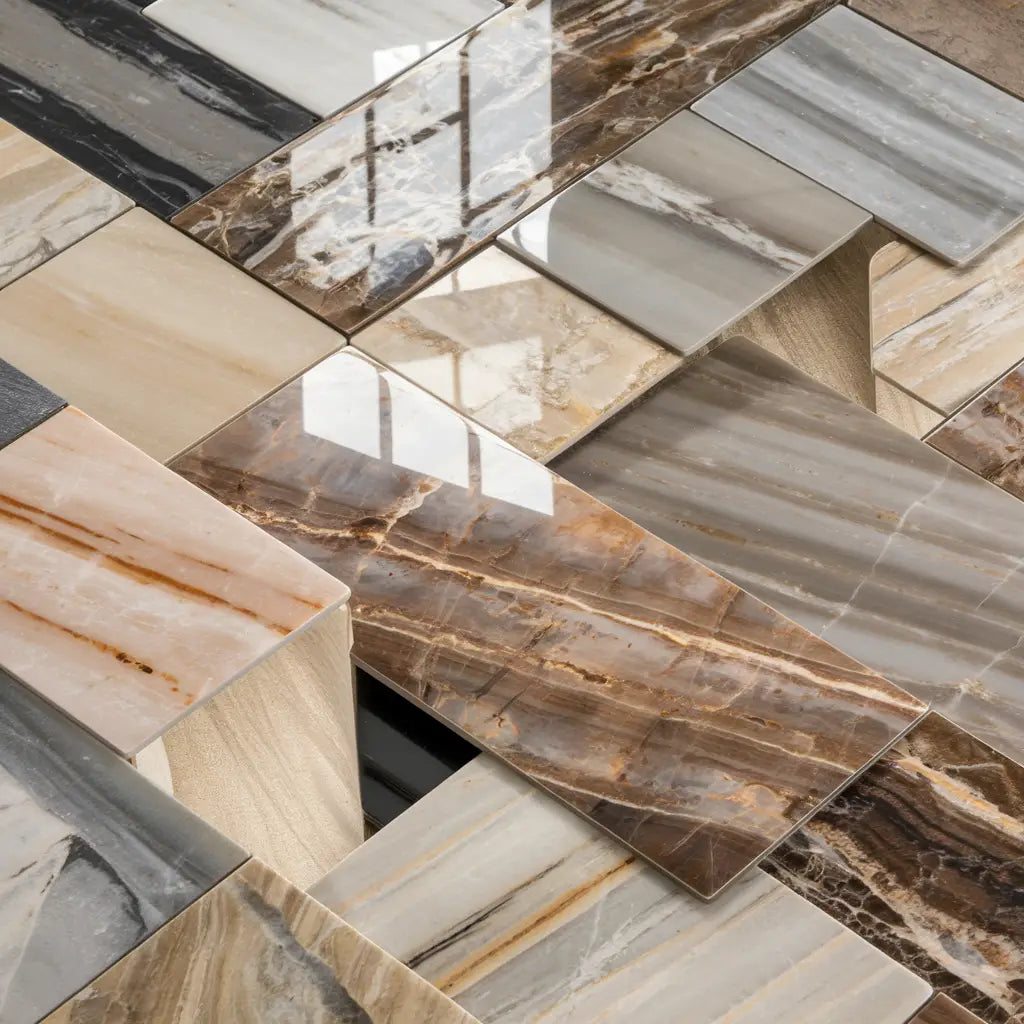 Marble Tiles
Marble Tiles Marble Mosaic
Marble Mosaic Travertine Tiles
Travertine Tiles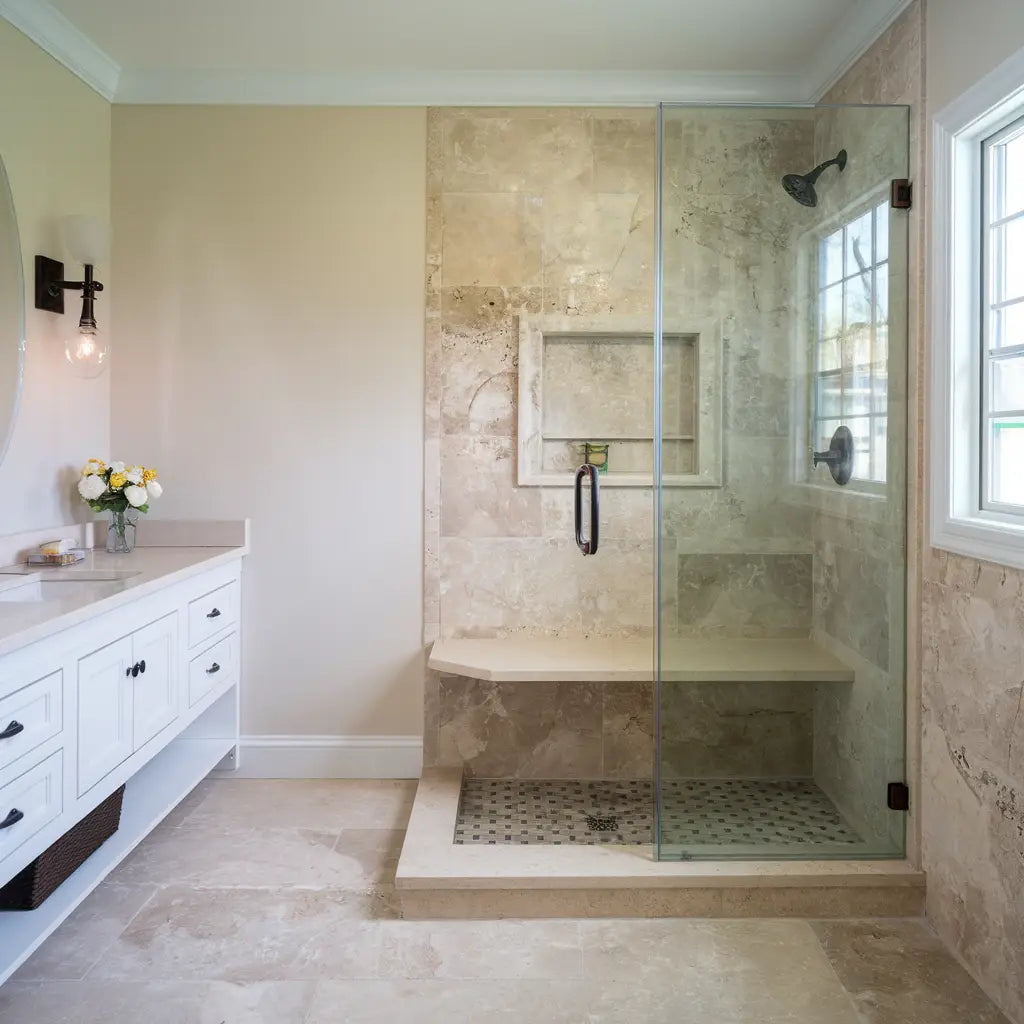 Travertine Mosaic
Travertine Mosaic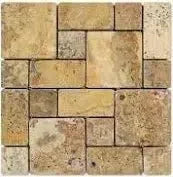 4 pcs Versailles Pattern / French Pattern Set
4 pcs Versailles Pattern / French Pattern Set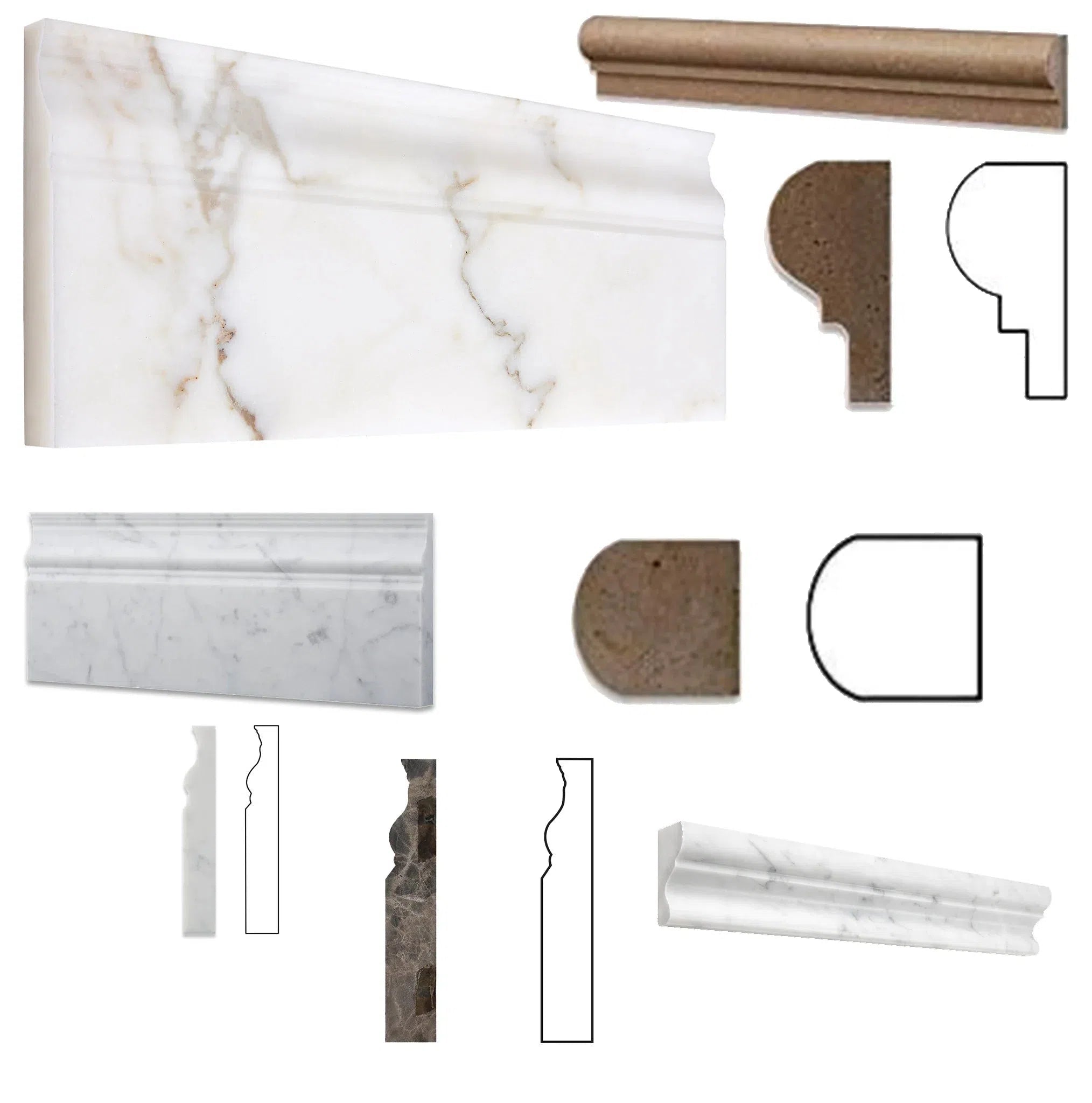 Molding/Trim
Molding/Trim Border/Listello
Border/Listello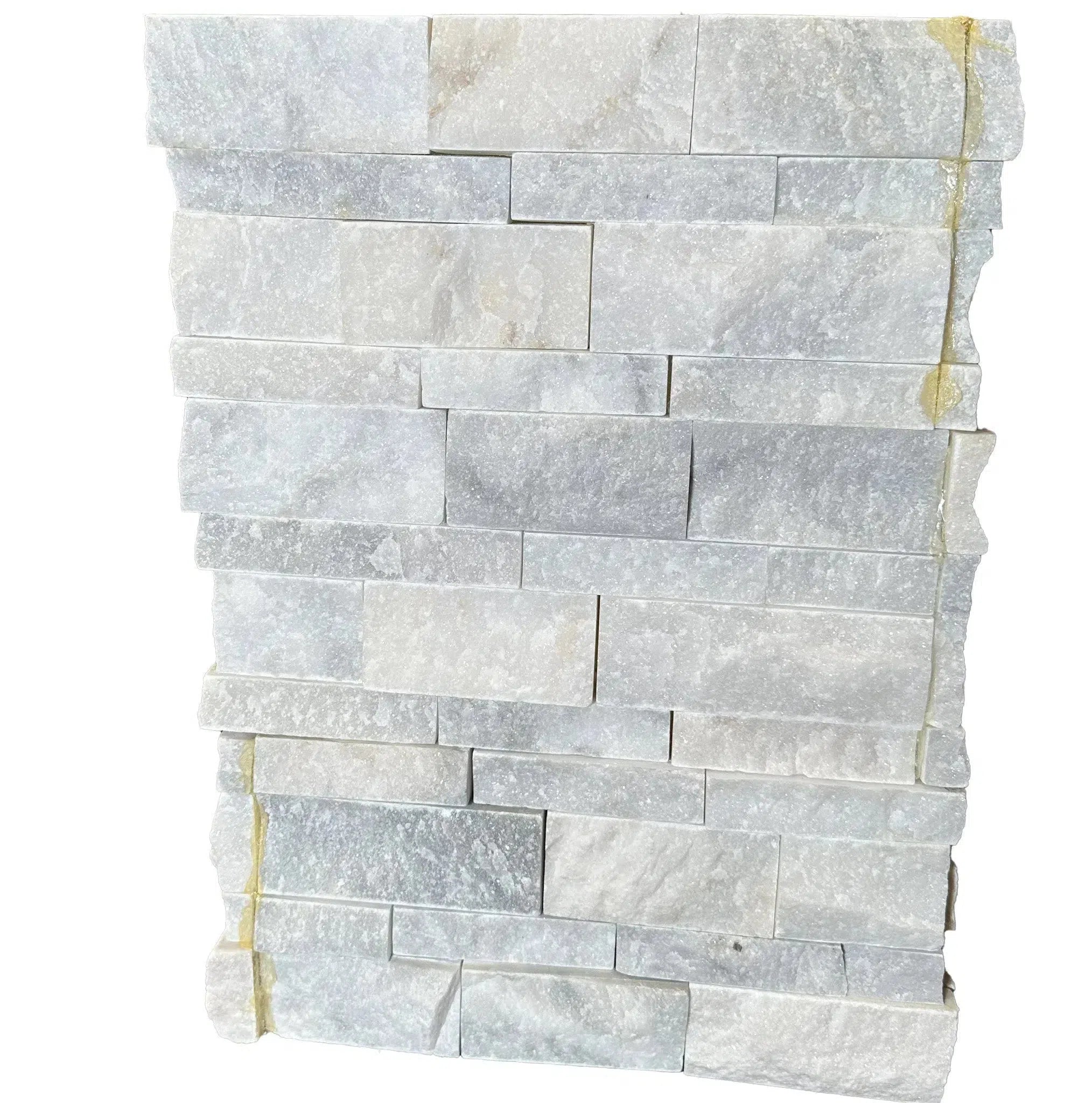 Ledger-Panel
Ledger-Panel Checkerboard
Checkerboard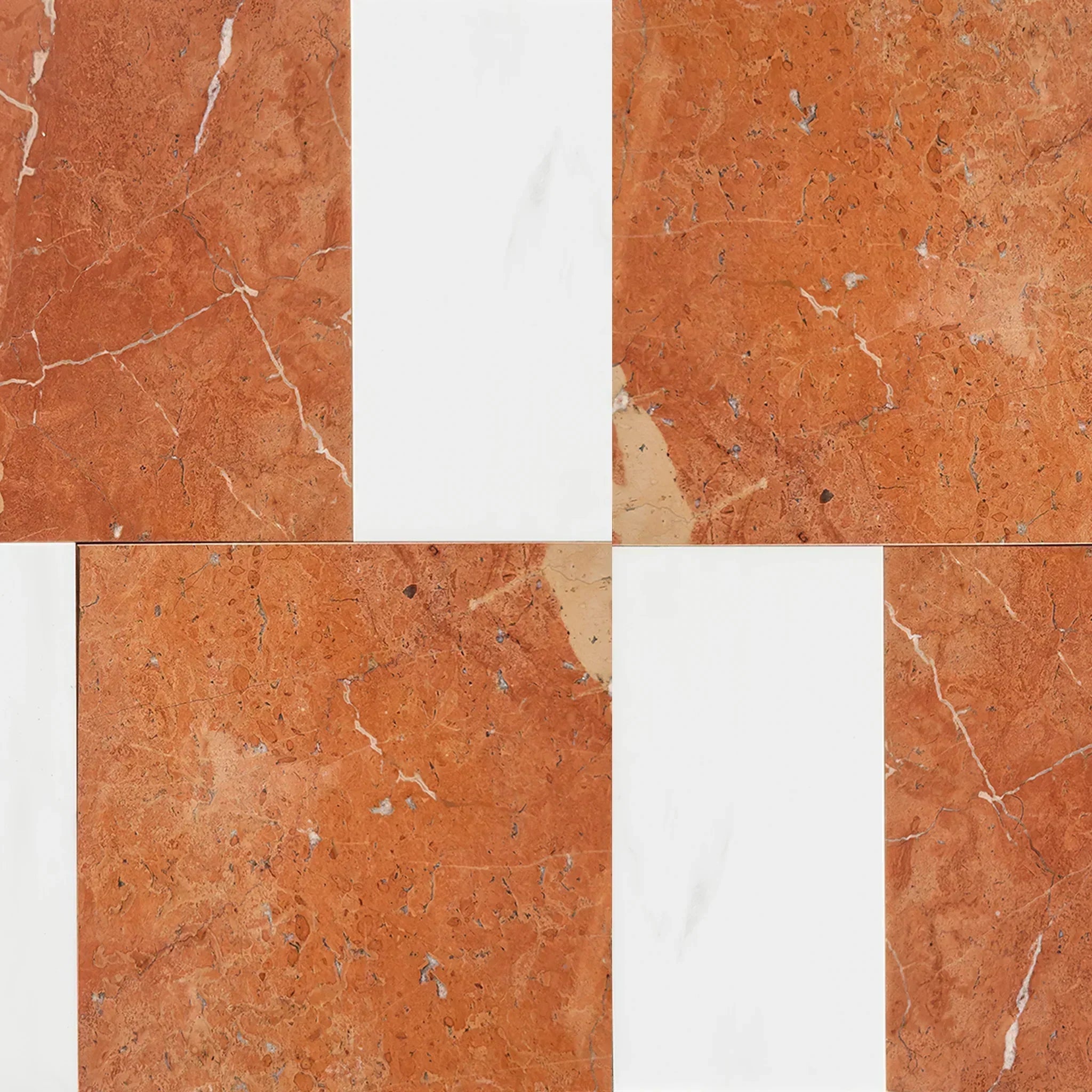 Patterned Tile Collection
Patterned Tile Collection  Shop By Finish
Shop By Finish
 Polished
Polished Honed
Honed Brushed
Brushed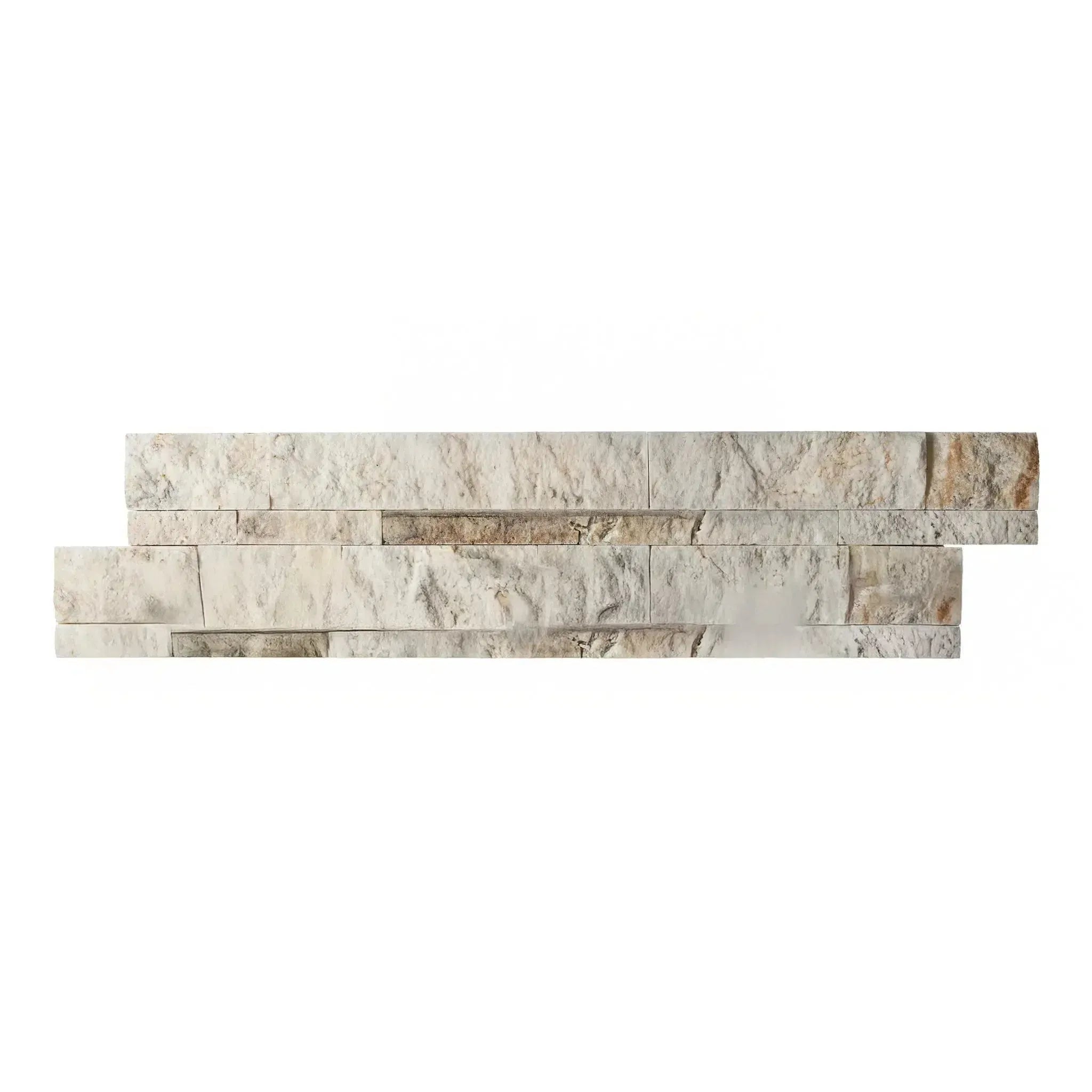 Split Face
Split Face Textured
Textured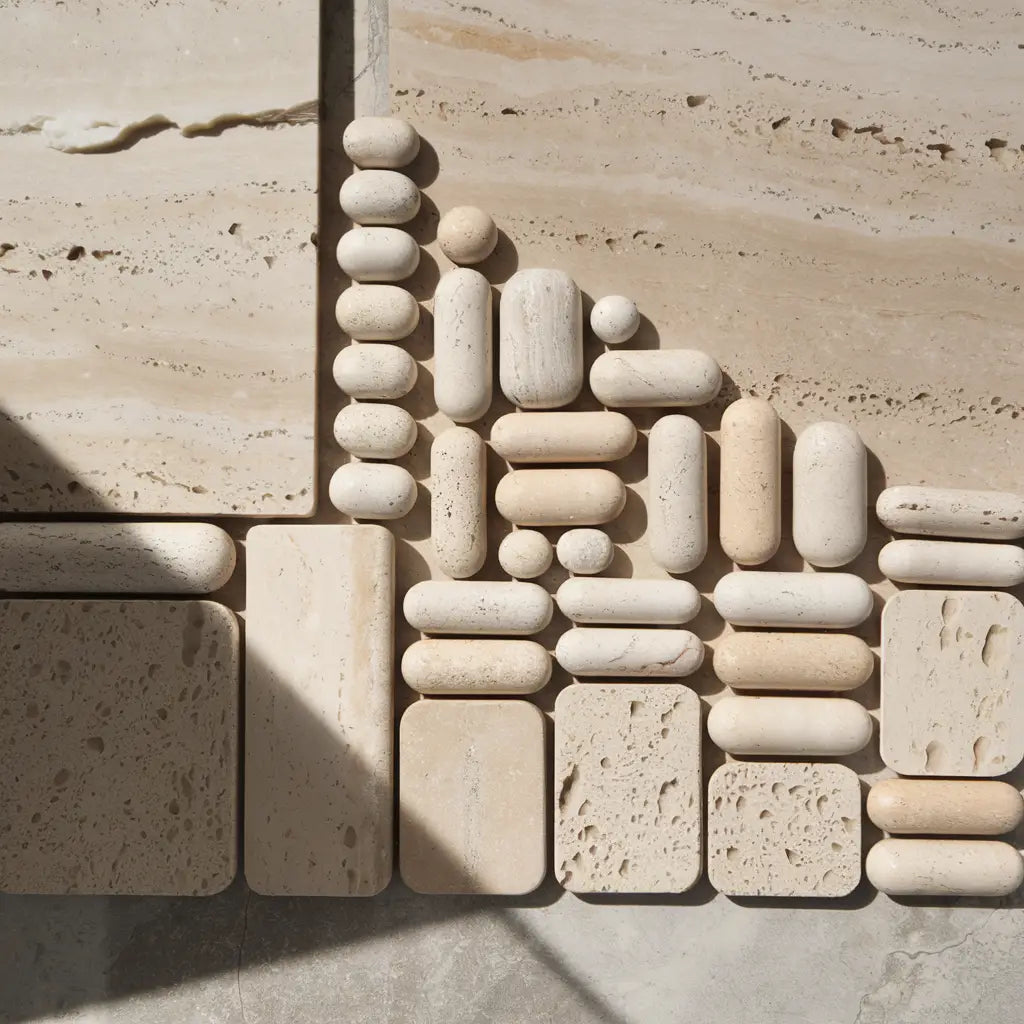 Tumbled
Tumbled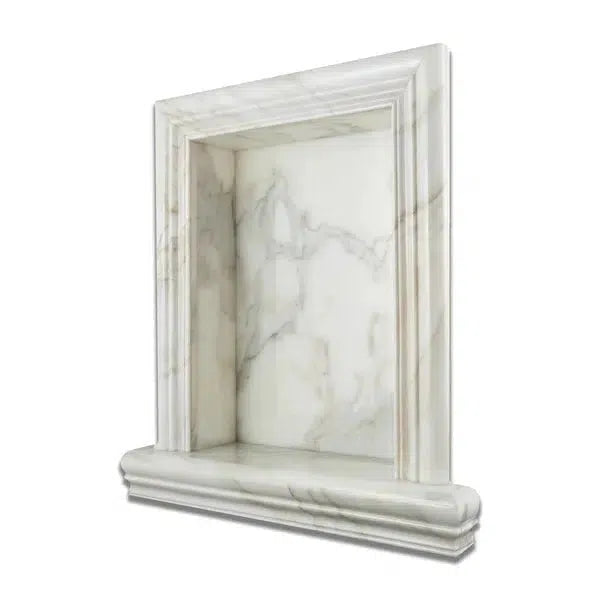 Accessories
Accessories
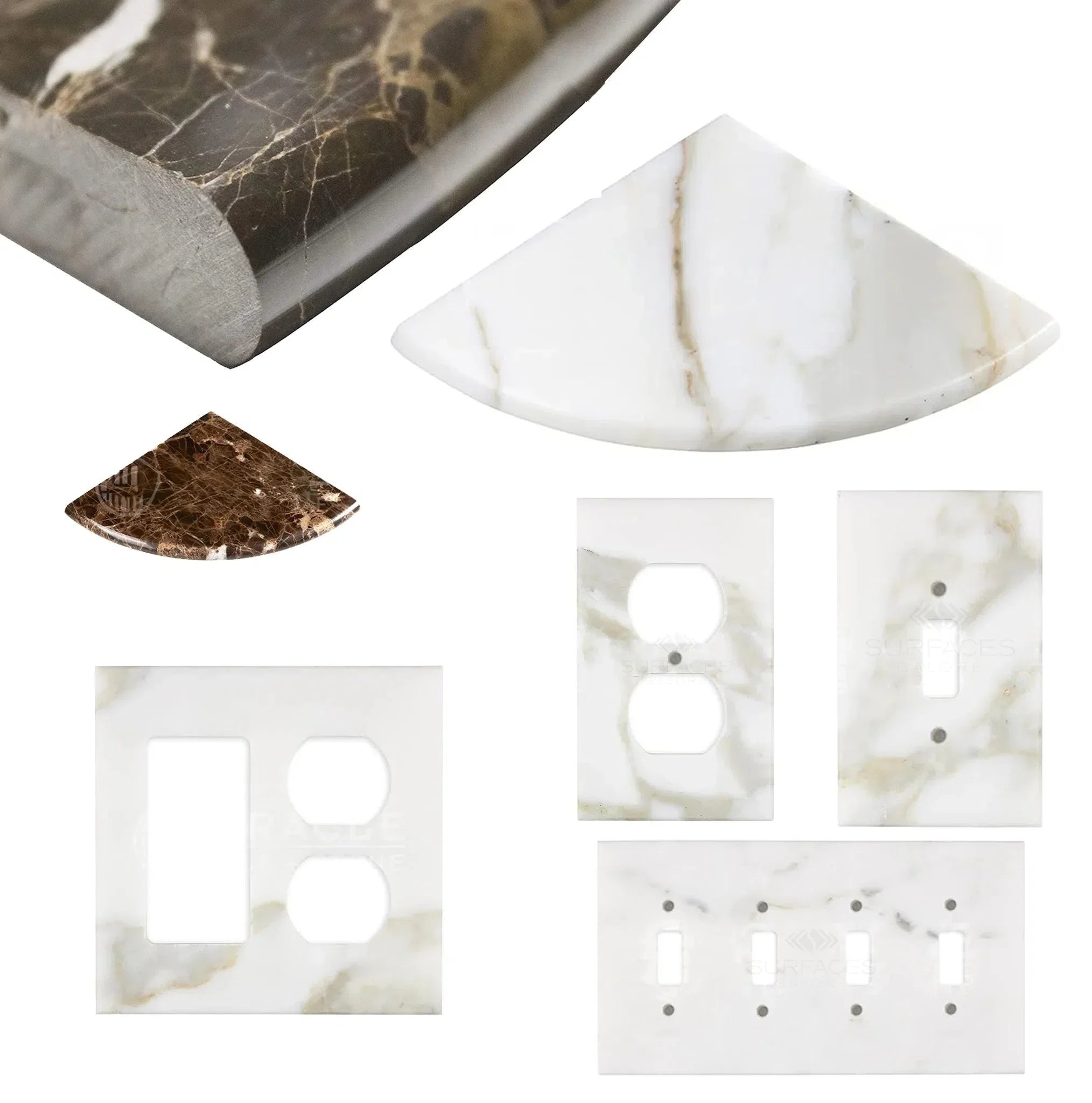 Wall Plate / Switch Plate
Wall Plate / Switch Plate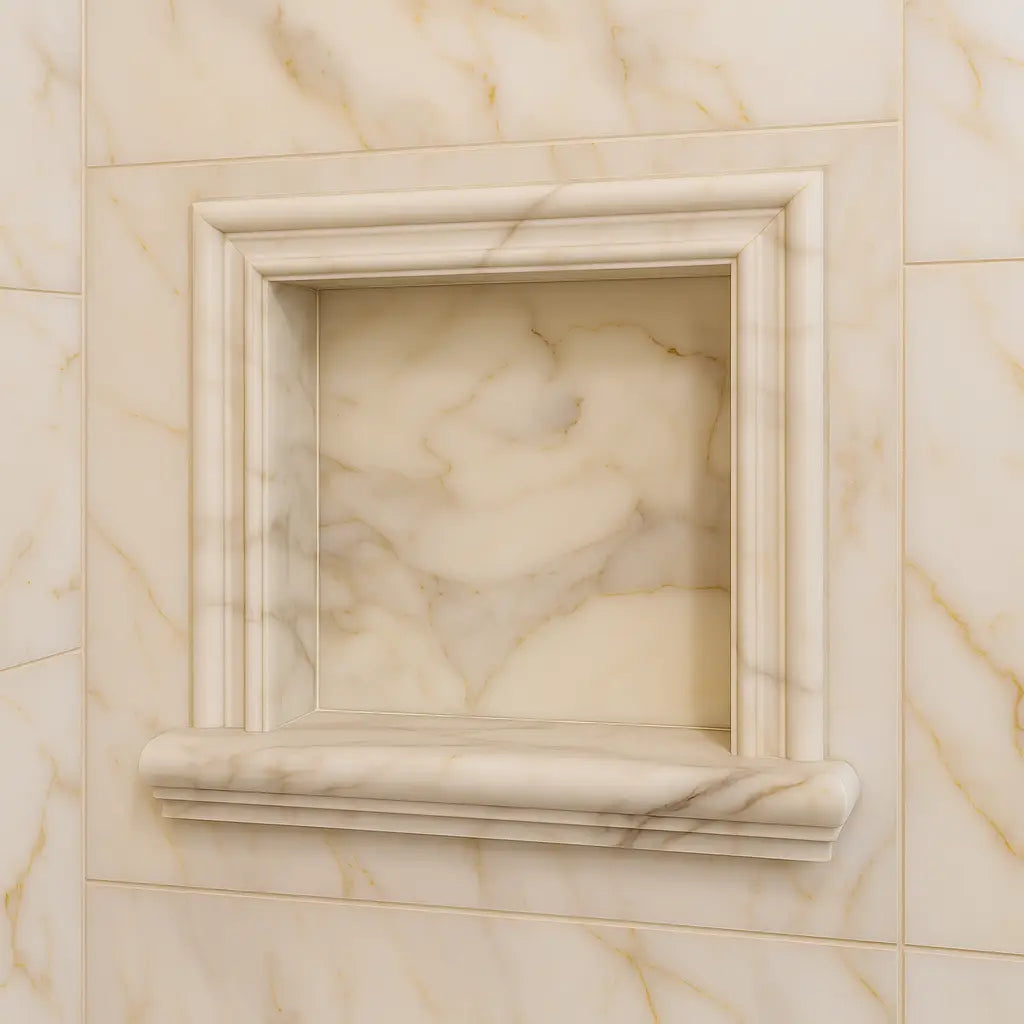 Shampoo Niche
Shampoo Niche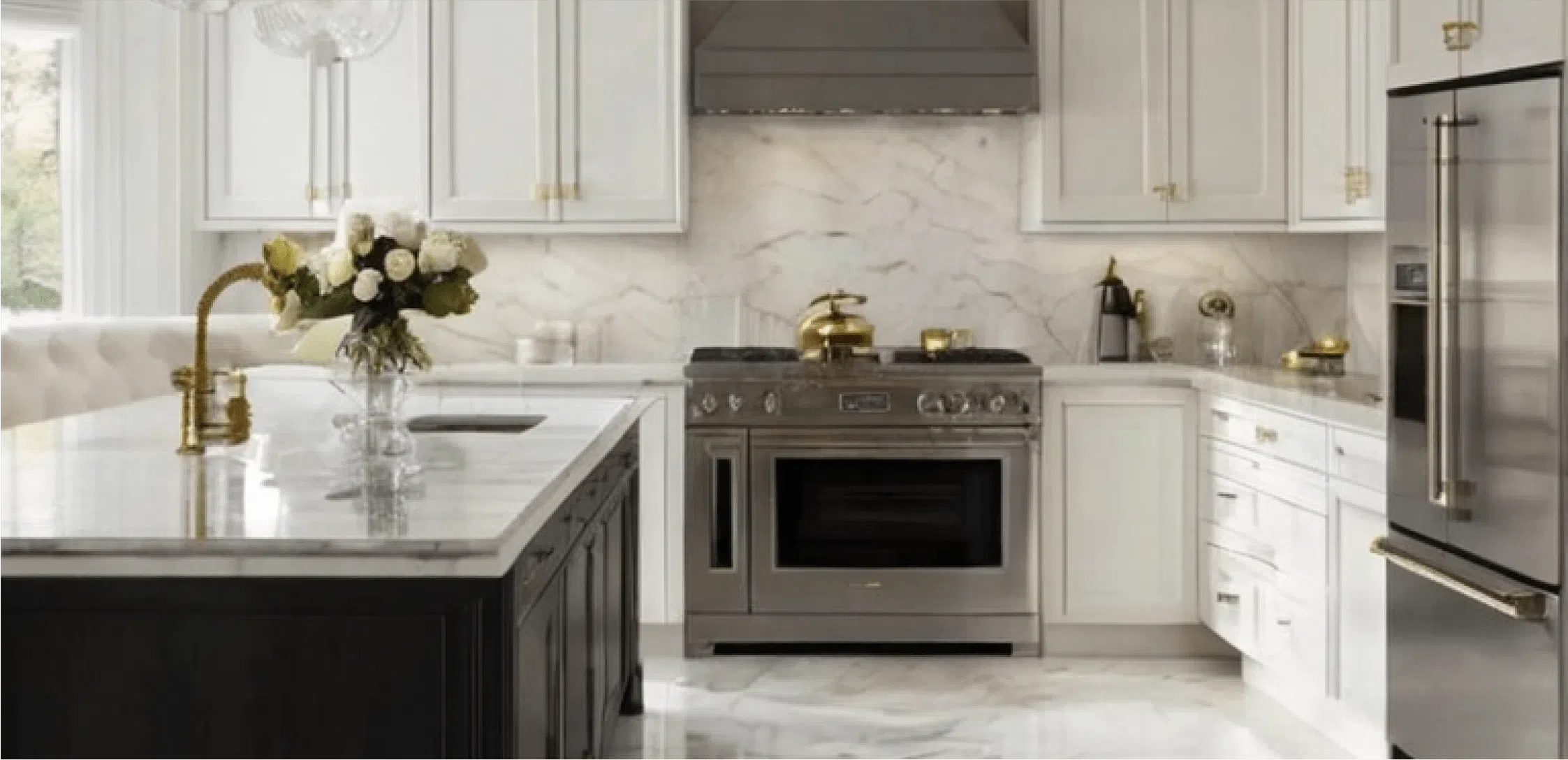 Corner Shelf
Corner Shelf Clearance
Clearance





Leave a comment